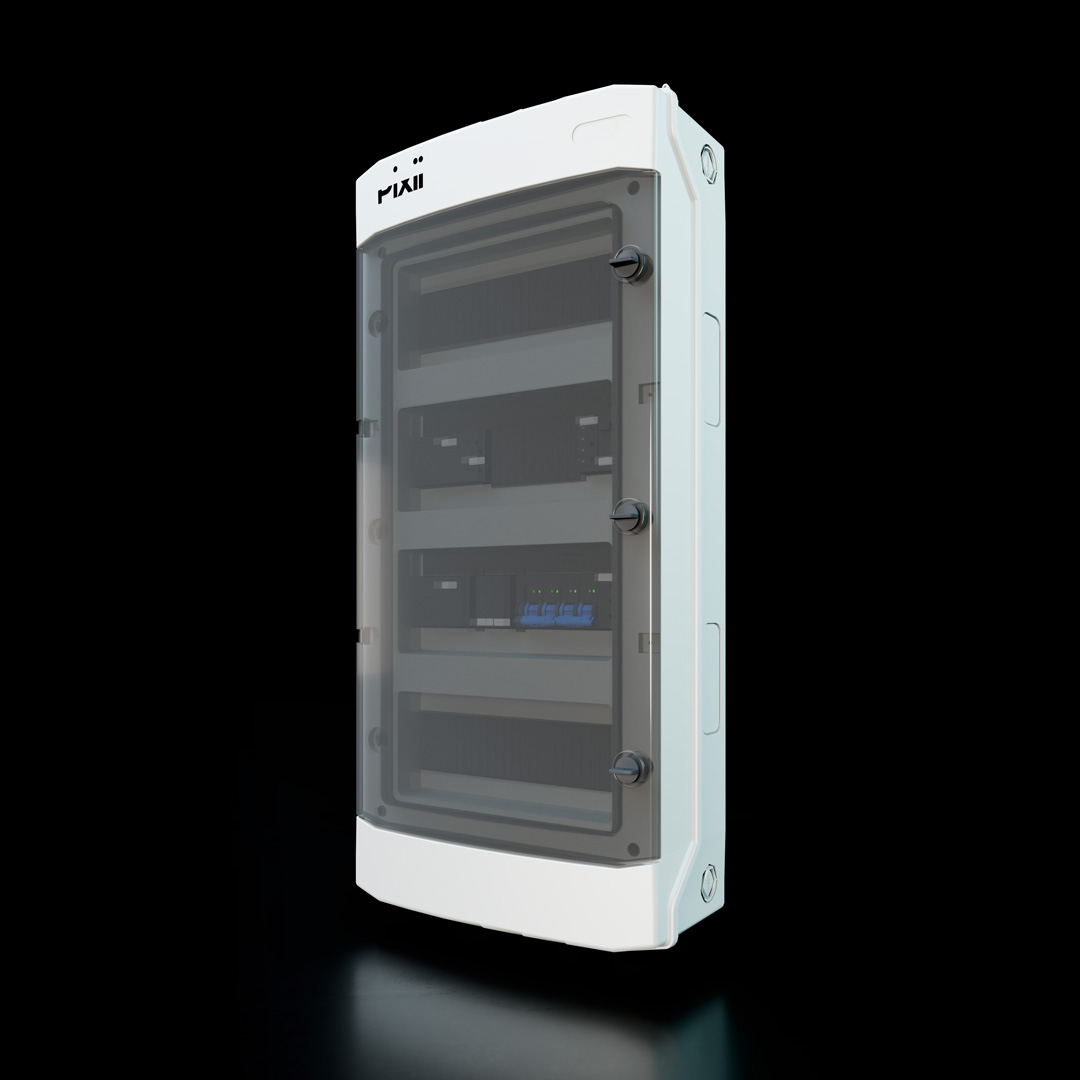Components
Pixii Home Off-grid Box
Enables off-grid operation with PV and genset
Prepare Pixii Home for off-grid operation
The primary function of the off-grid box is to automatically disconnect from the grid and initiate off-grid operation for critical loads. The transition typically occurs in less than 5 seconds.
Once the grid is stable again, critical loads are reconnected to the grid, and Pixii Home resumes normal operation in grid-tied mode.
The off-grid box is designed for safe disconnection and isolation of Battery Energy Storage Systems (BESS) from the grid, in off-grid and hybrid systems.
Compatible with both the AC and hybrid versions of Pixii Home.
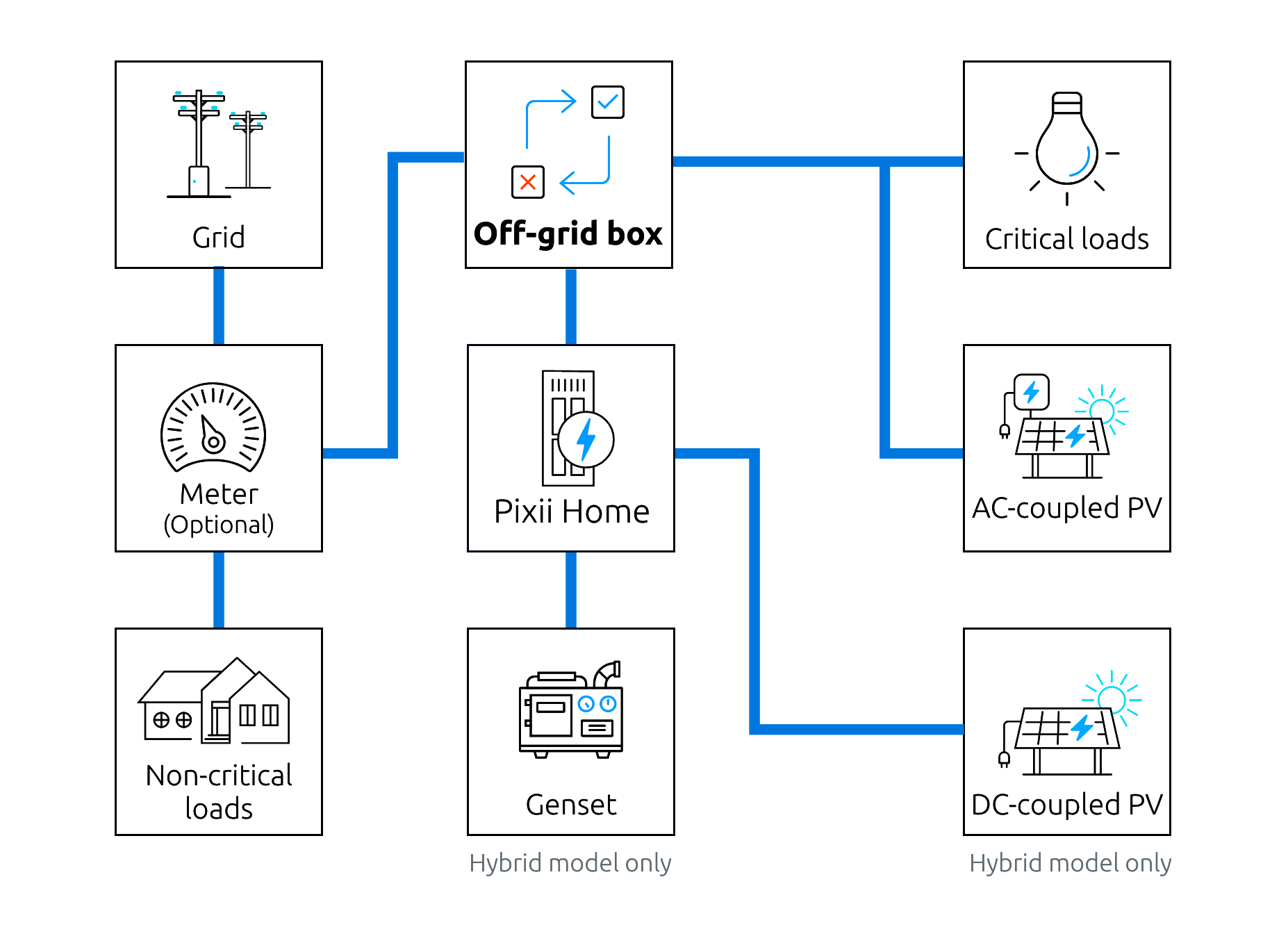
AC specifications
Nominal AC voltage
230/400V
Nominal frequency
50 or 60 Hz
AC output current (off-grid)
1ph/50A
AC output current (off-grid)
3ph/32A
Grid compatibility*
TN, TT
Max. AC current (mains port)
63A
Max. AC current (backup port)
63A
* IT grid connection is not supported in the current release. For TT grid connection, 3-phase 4-wire + local PE.
Performance and efficiency
Transition time (grid to off-grid)
<5 s
Transition time (off-grid to grid)
<3 s
Physical specifications
Dimensions (HxWxD) (mm)
689 x 319 x 146
Net. weight (fully equipped)
8 kg
Color
RAL7035
Material
Plastic
Empty DIN rail space* (mm)
70
* Can be used for optional DIN rail meter installations or additional load breakers
Operating conditions
Operating environment
Indoor, outdoor
Operating temp. range
-20 to +50 °C
Safety
Ingress Protection (IP)
IP65
Protection class
I
Overvoltage Category (OVC)
II
BESS isolation switch
63A
Max. short-circuit rating
10kA
Emergency switch
Optional input
Compliance and warranty
Safety standards
IEC/EN 61439-2*
* Build according to
Functions
Backup power
Maintain power supply to critical loads from the battery during grid outages.
PV self-consumption during outages
Utilize both AC- and DC-coupled PV systems during grid outages, with AC frequency regulation to stabilize local power supply.
Power congestion relief
Increase peak power availability beyond transformer, line, or fuse limitations to handle local consumption peaks.
Microgrid operation
Supply power in a locally isolated grid using PV and/or generators, optimizing solar utilization and reducing fuel consumption per kWh.
Phase balancing*
Control active and reactive power per phase to distribute loads more evenly and support power quality.
* Phase balancing is available only when integrated via an external EMS (Energy Management System). Load balancing is achieved by controlling P and Q per phase.
- Supports both 1- and 3-phase systems
- 10kVA 1-ph/50A | 20kVA 3-ph/32A
- Frequency droop control for solar integration
- Capable of motor start-up
- Black start functionality
- Multiple transition start methods available
- Backup power
- PV self-consumption
- Power congestion relief
Configure your system
Output power:
kW
Select location and cooling:
Select battery:
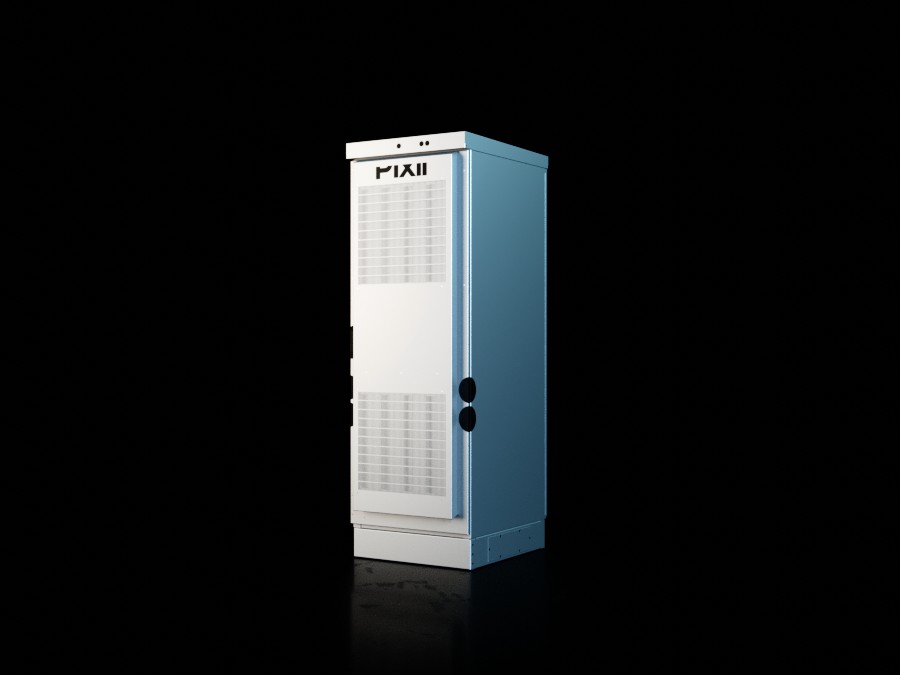
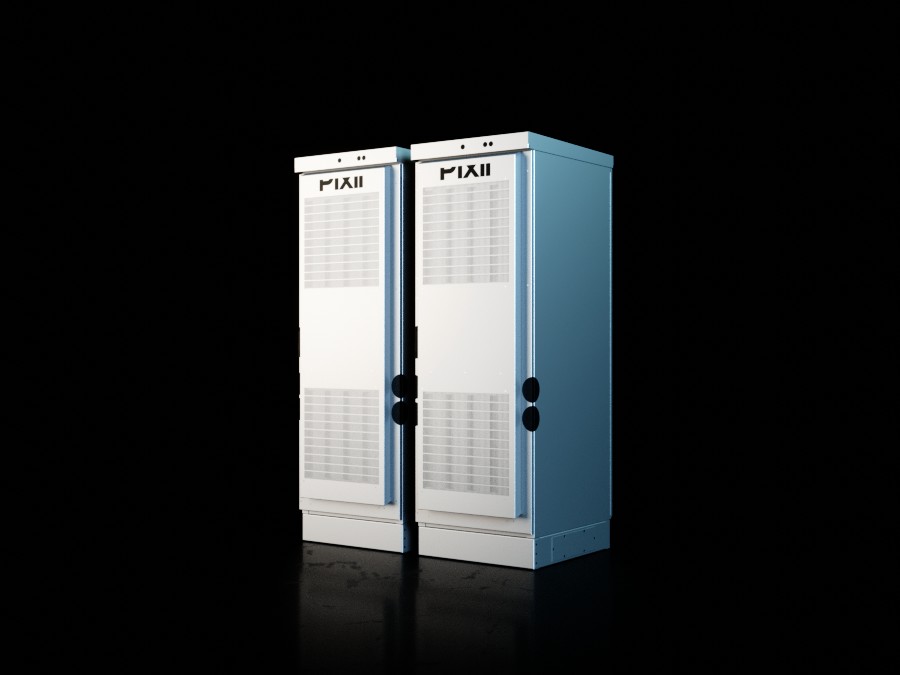

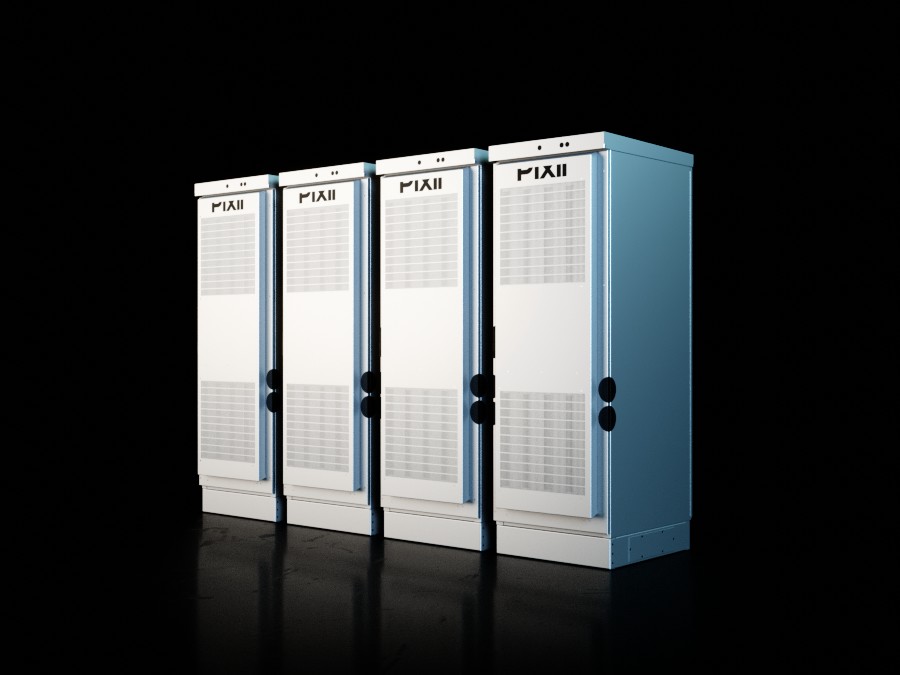
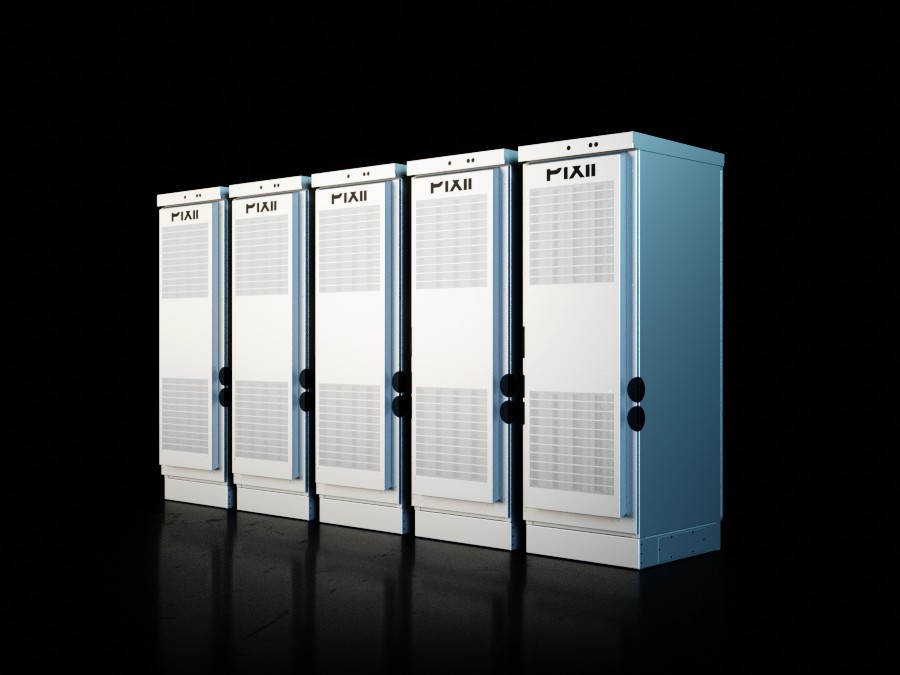

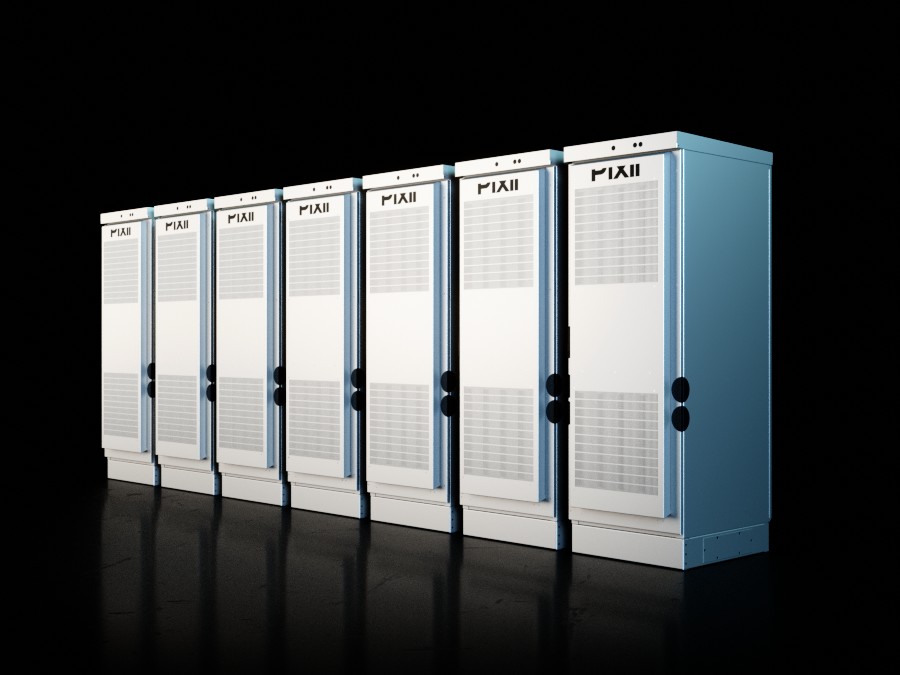
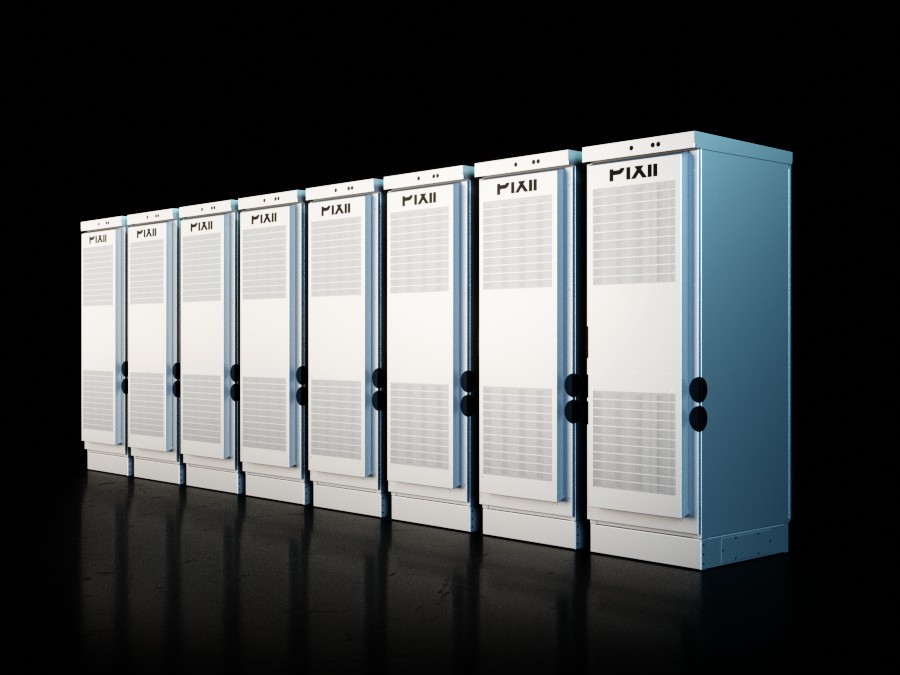

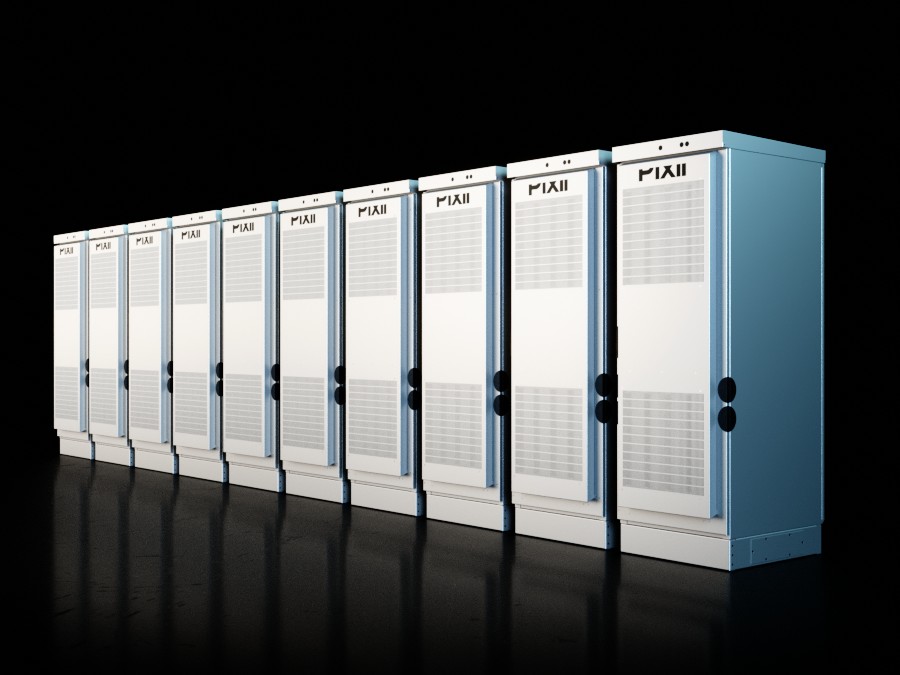
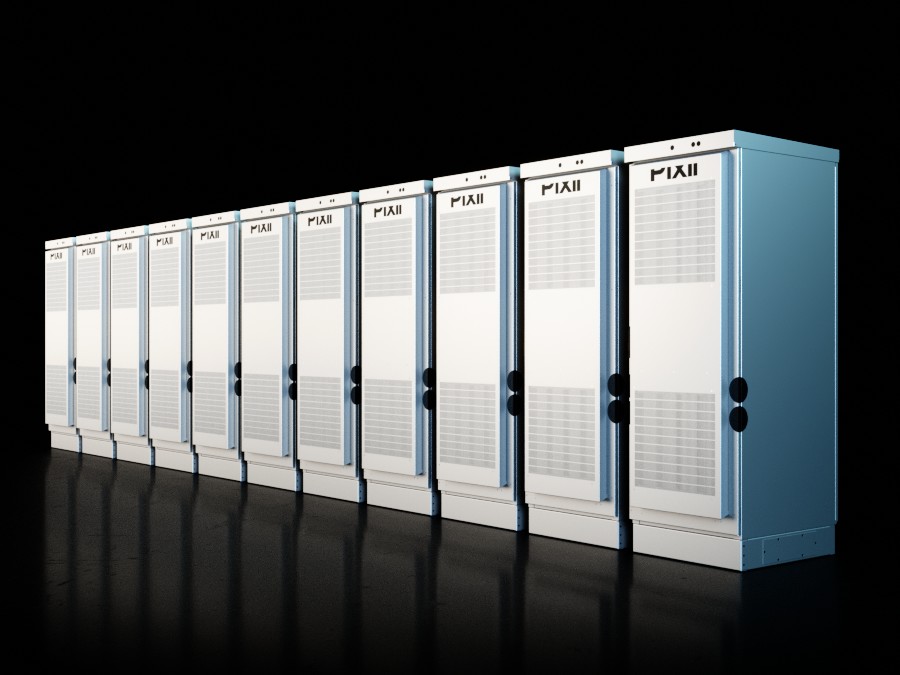

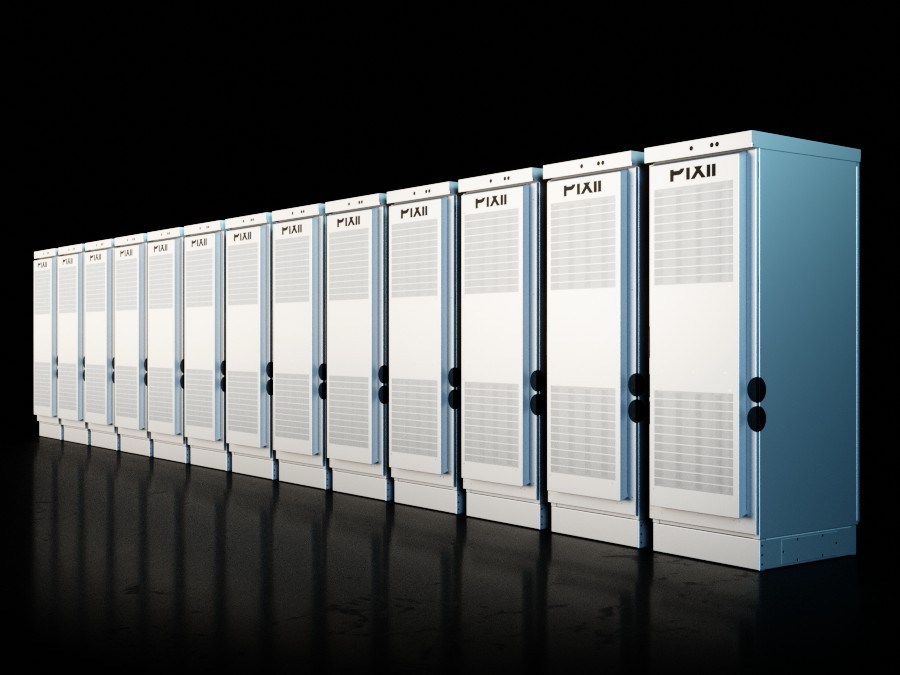
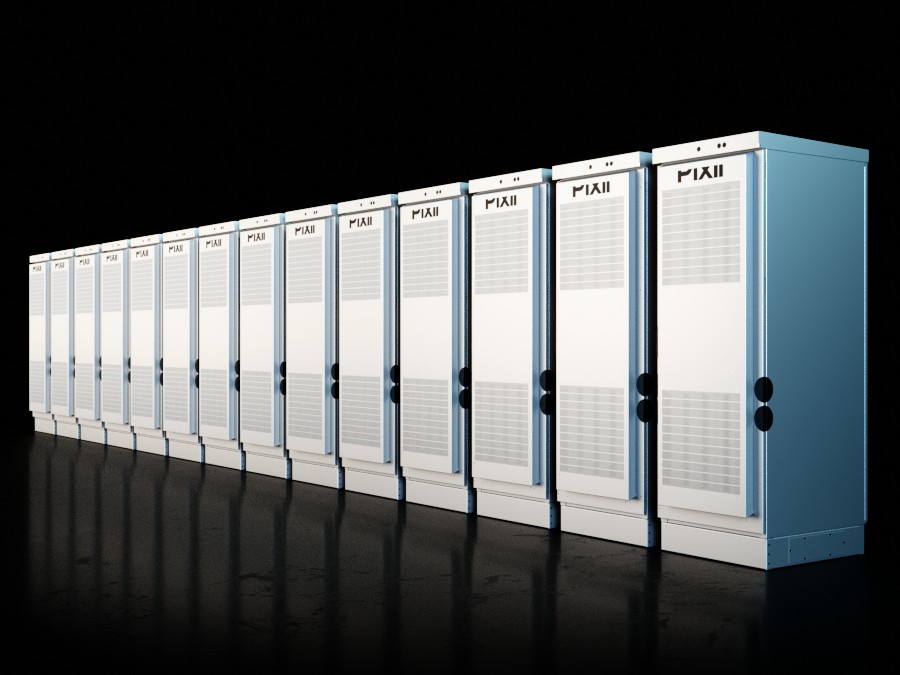
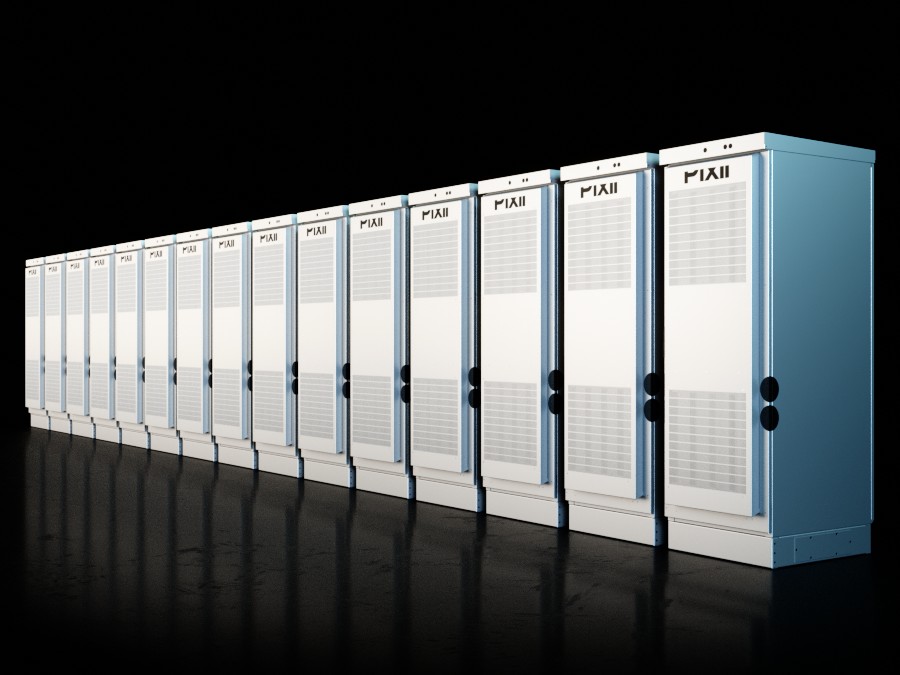
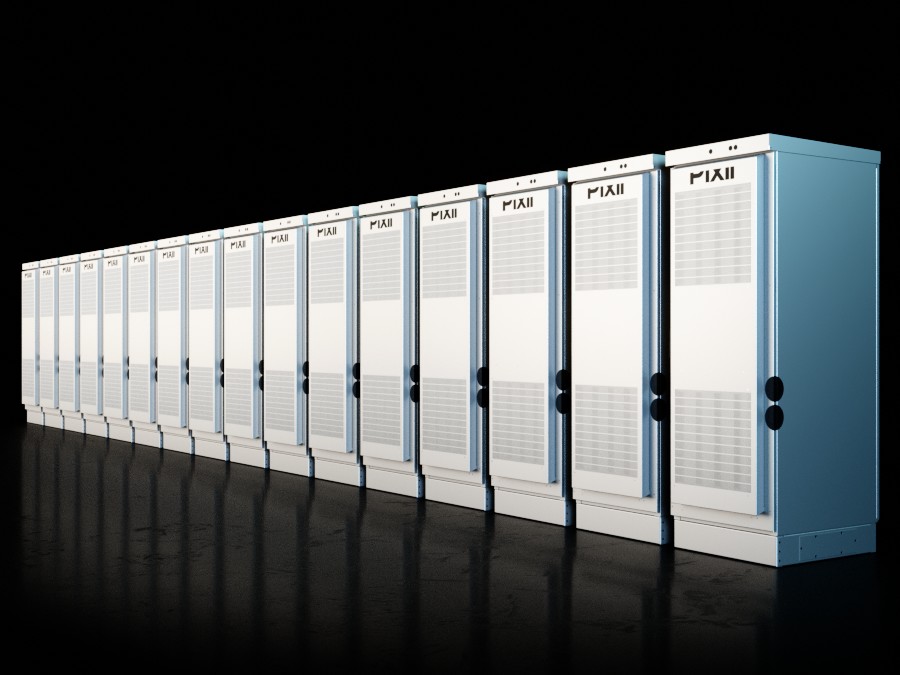
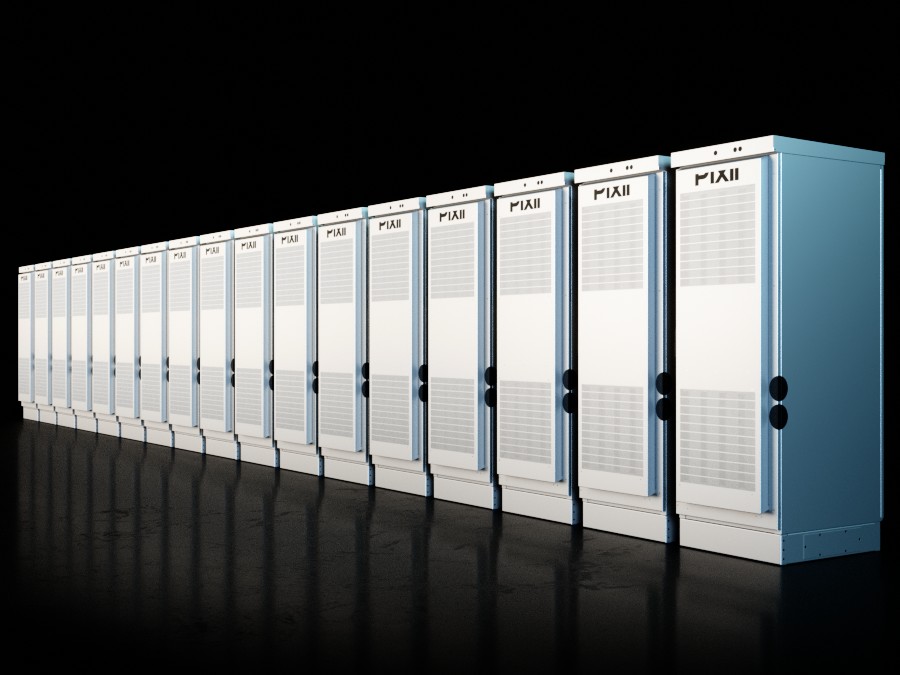
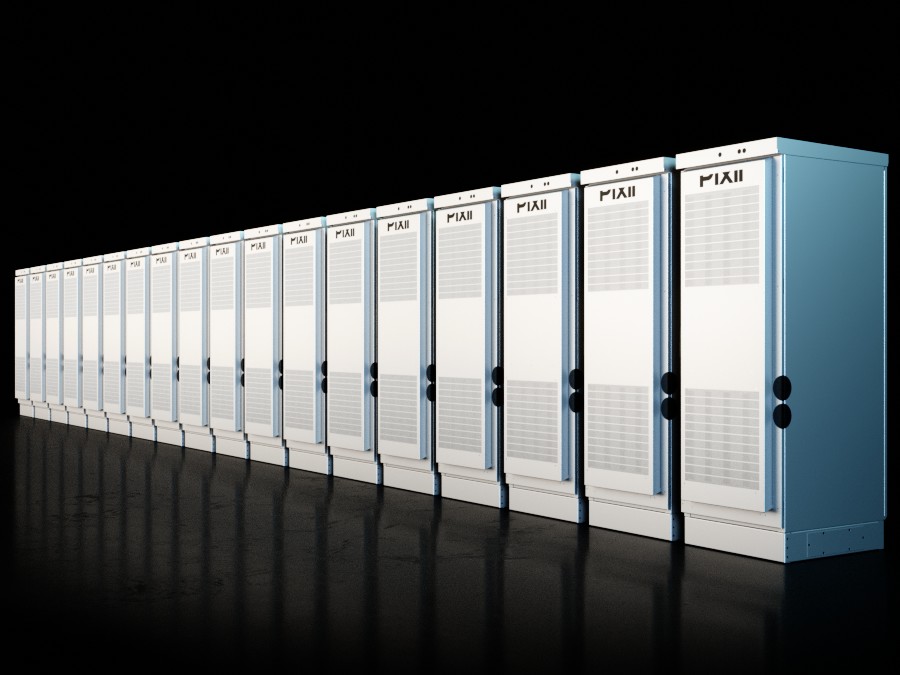
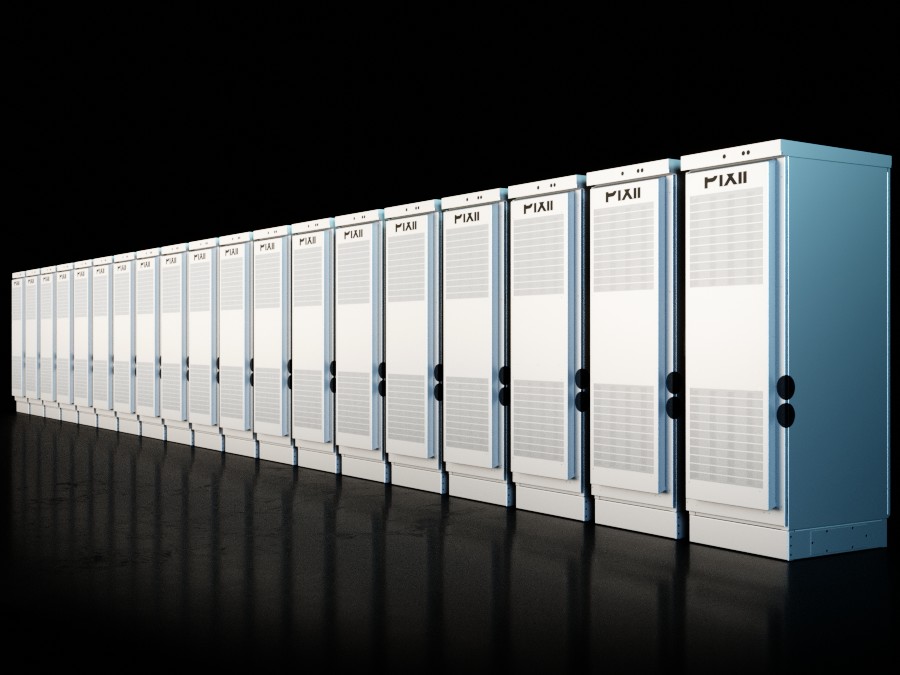
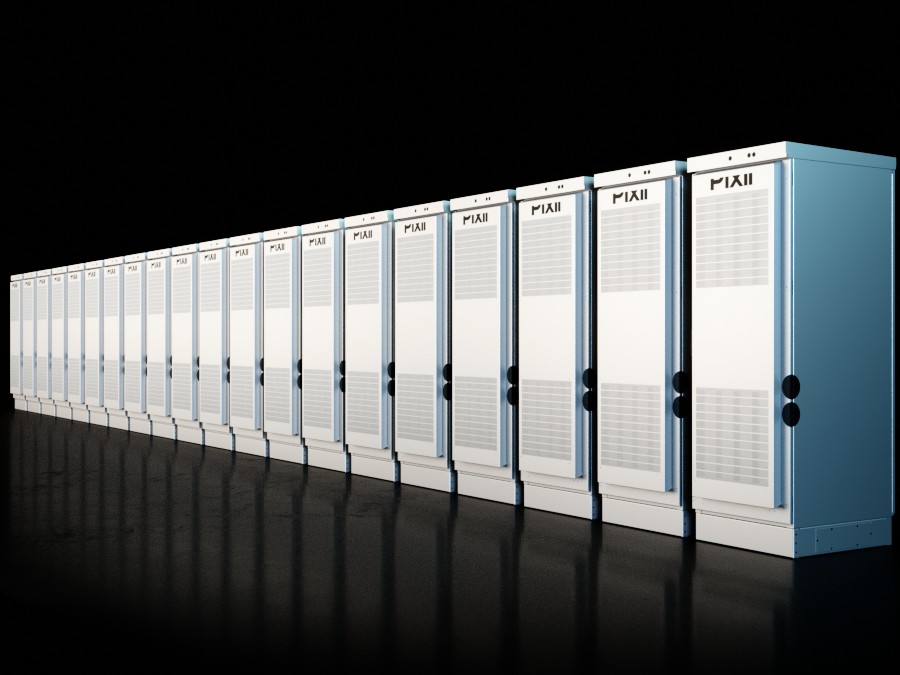
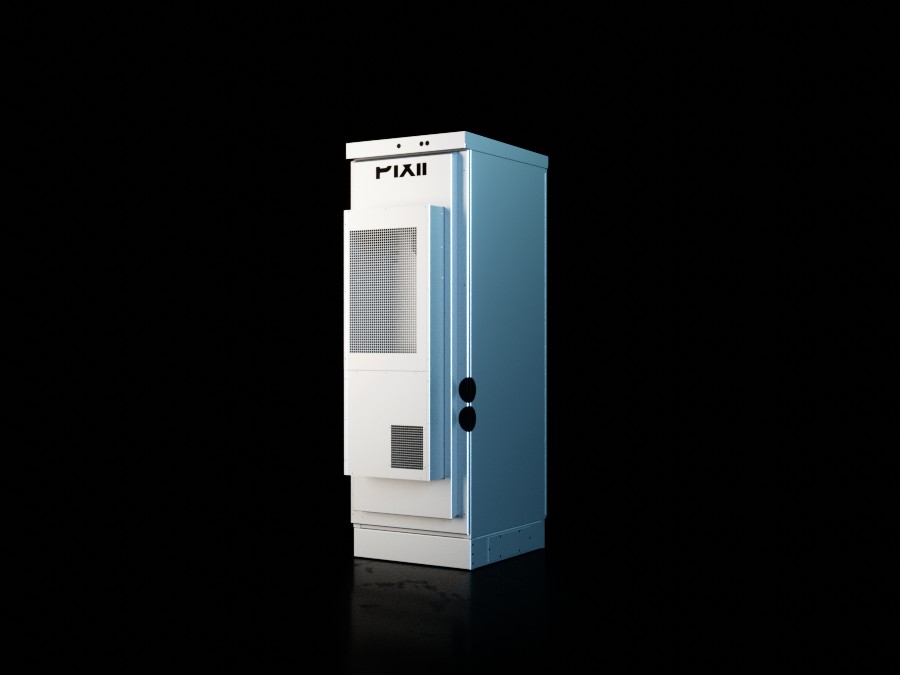
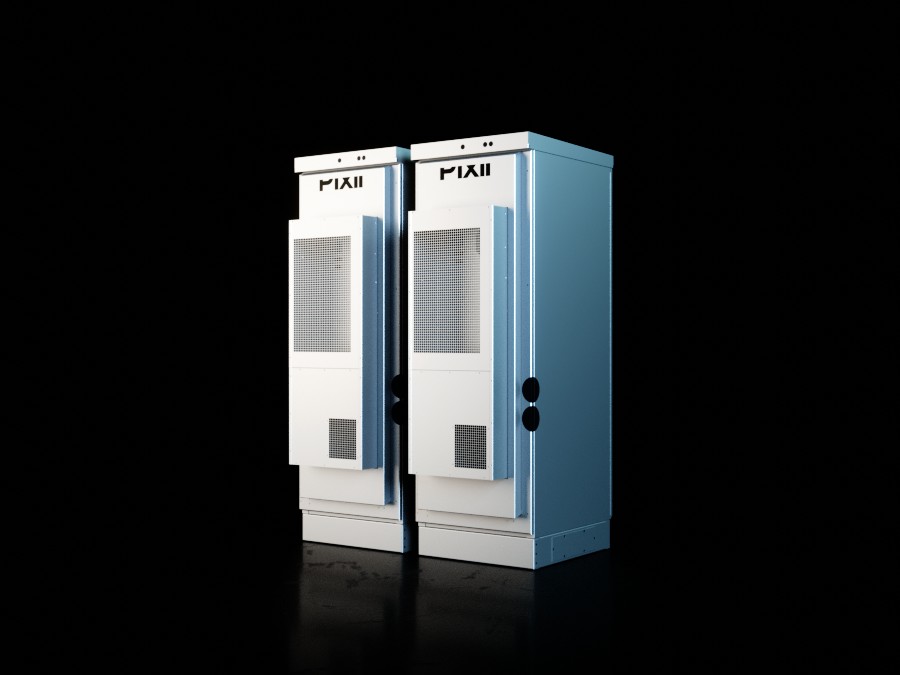
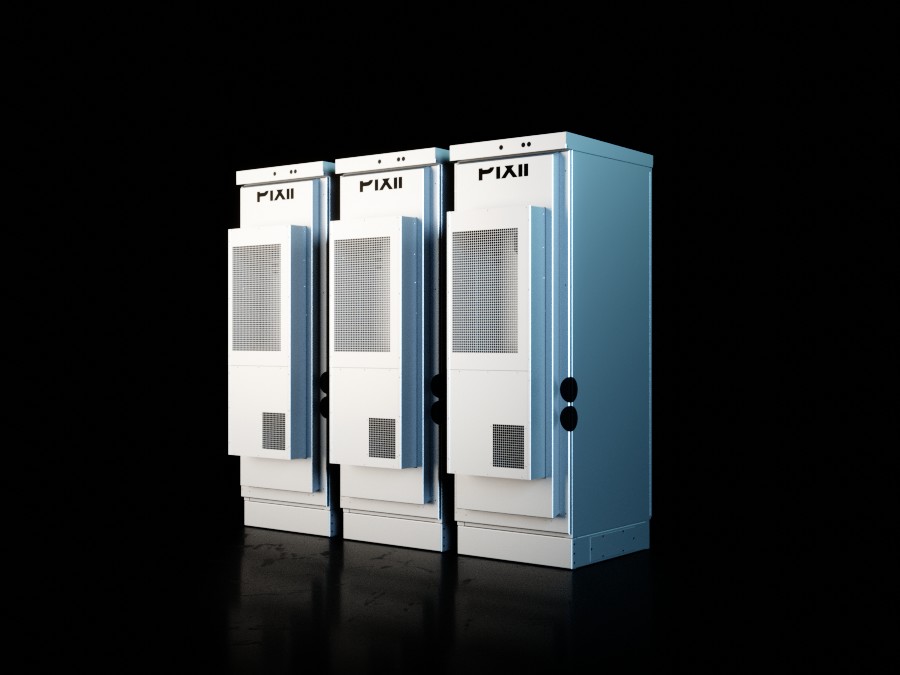
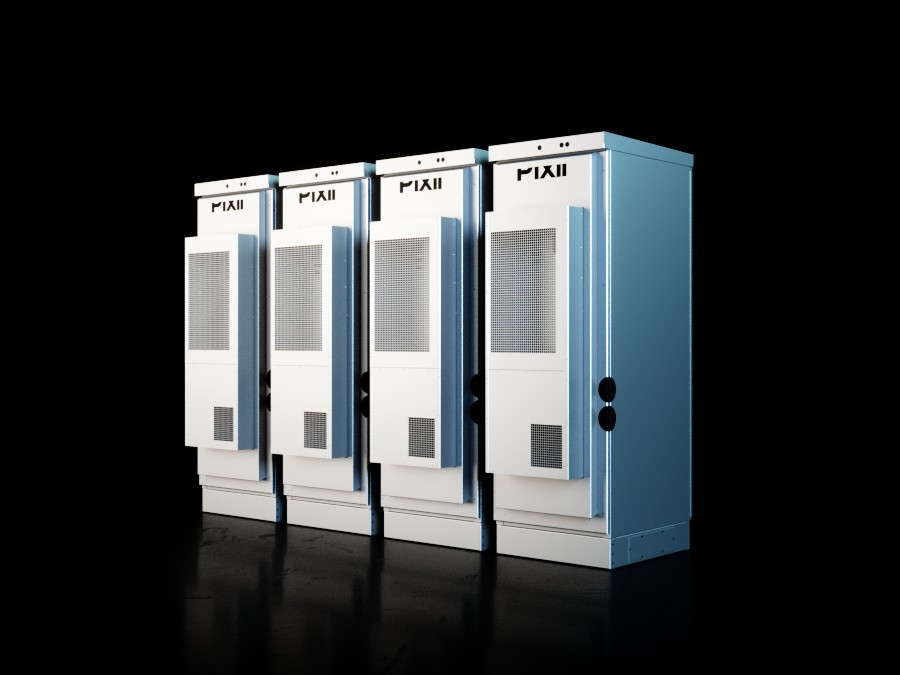
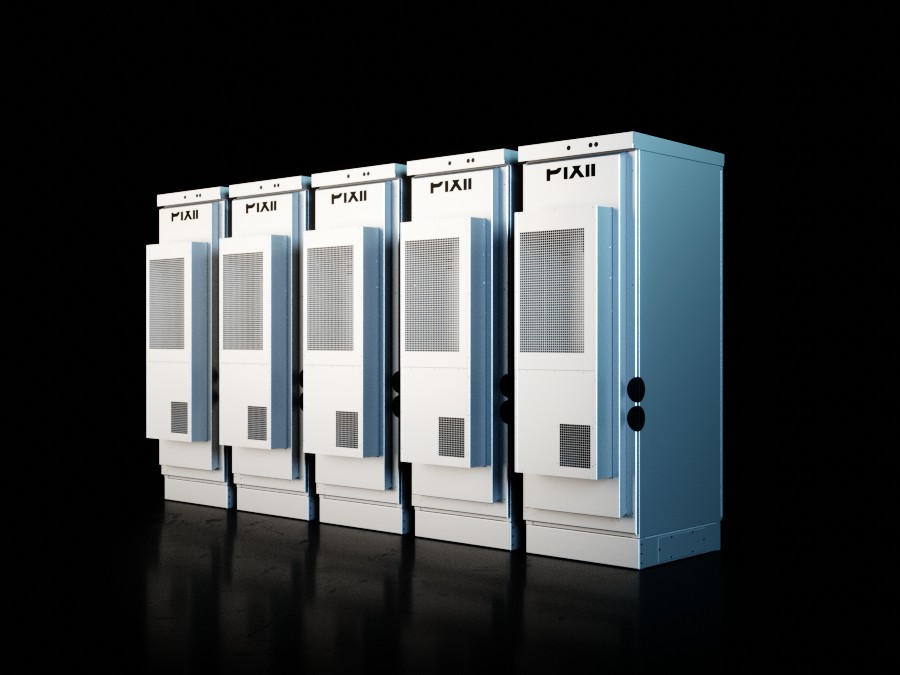
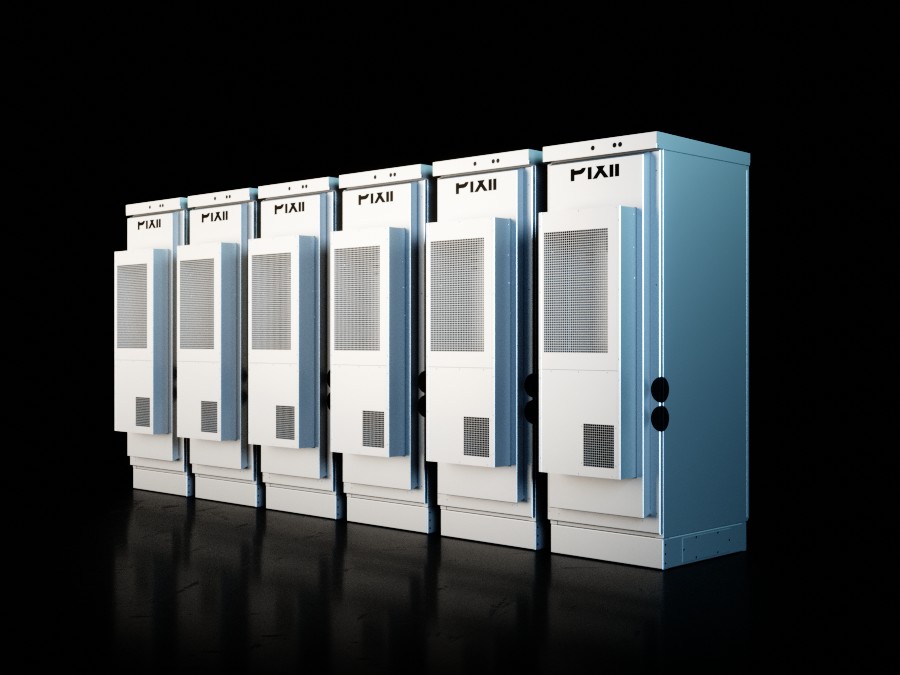
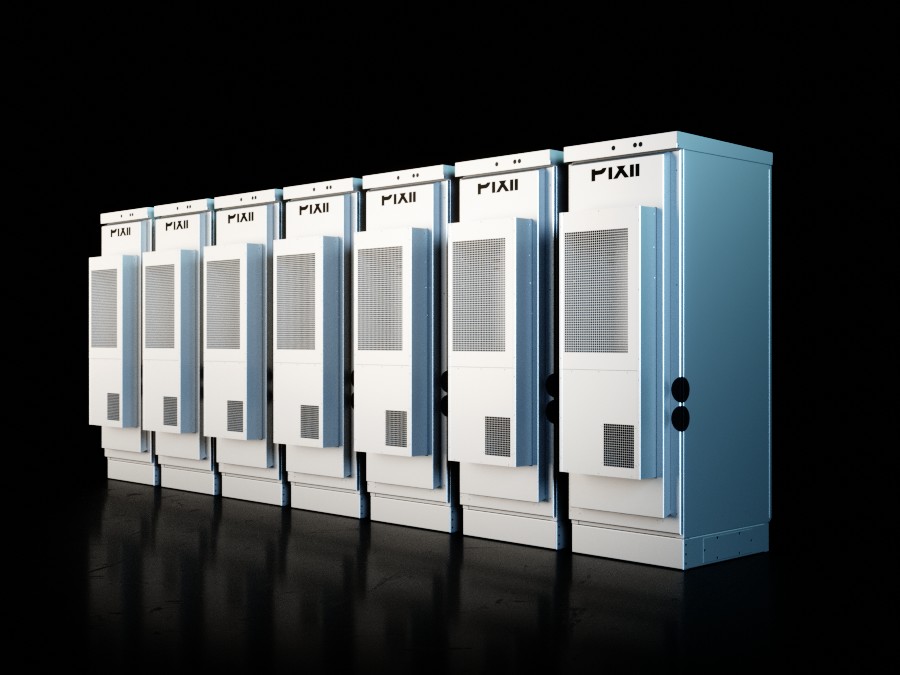
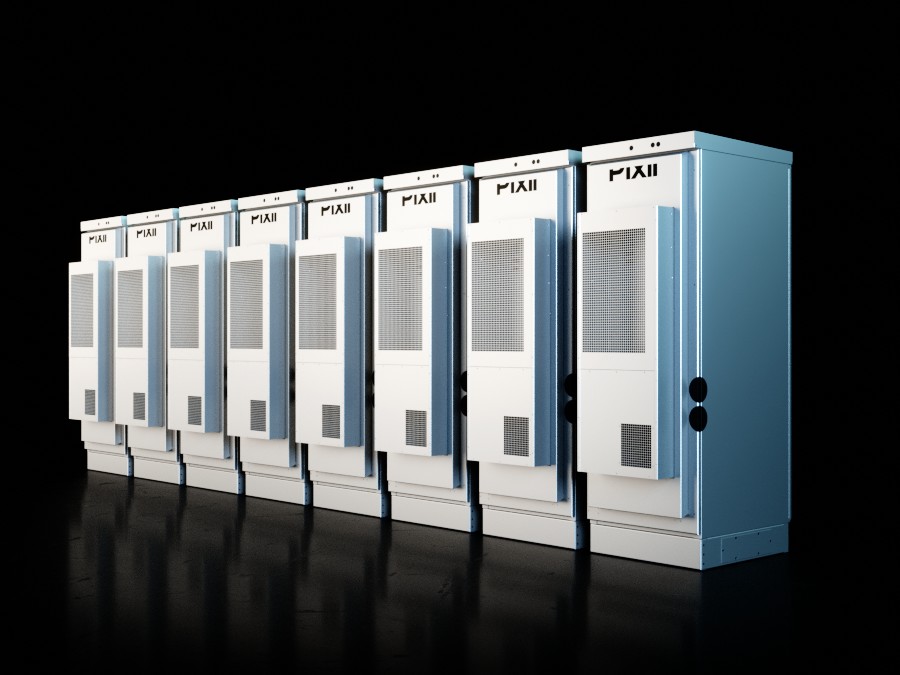
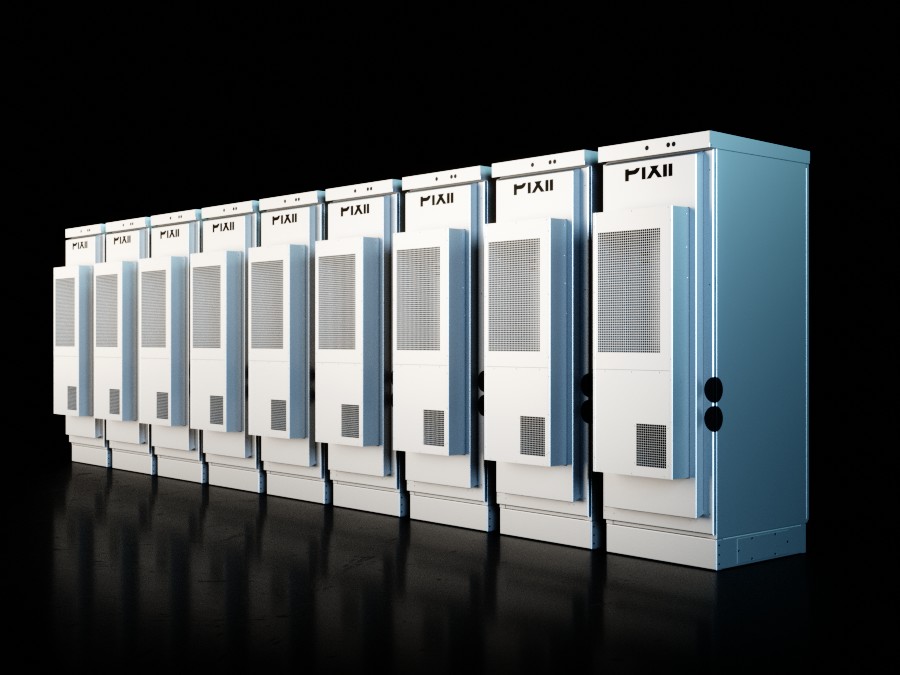
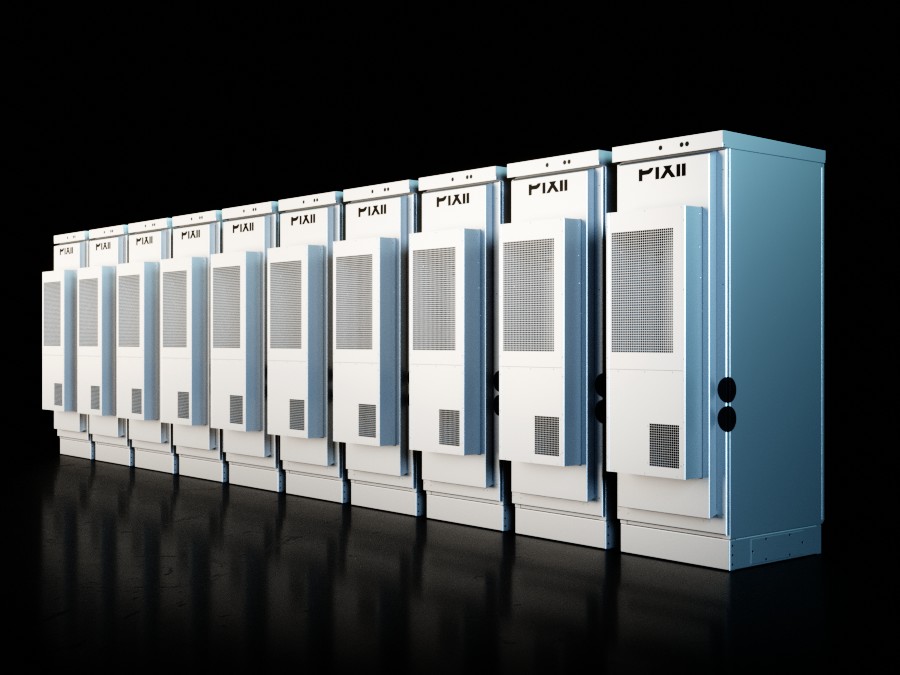
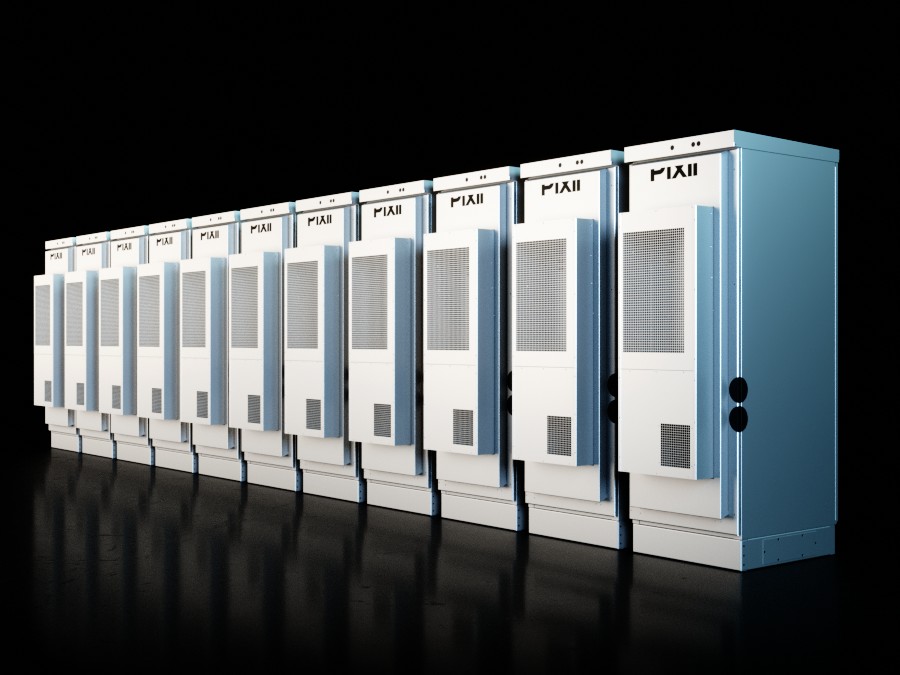
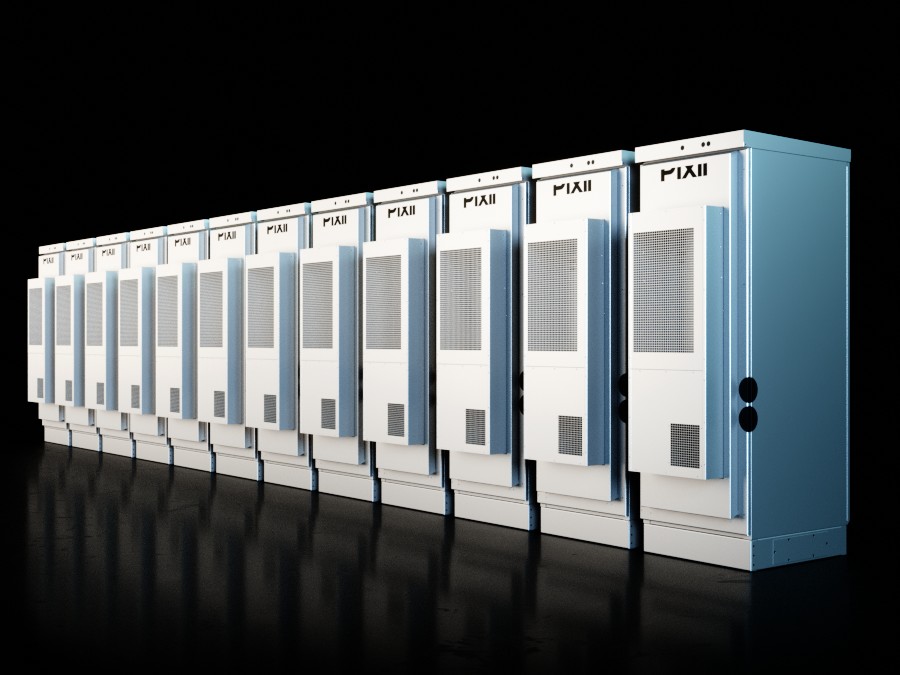
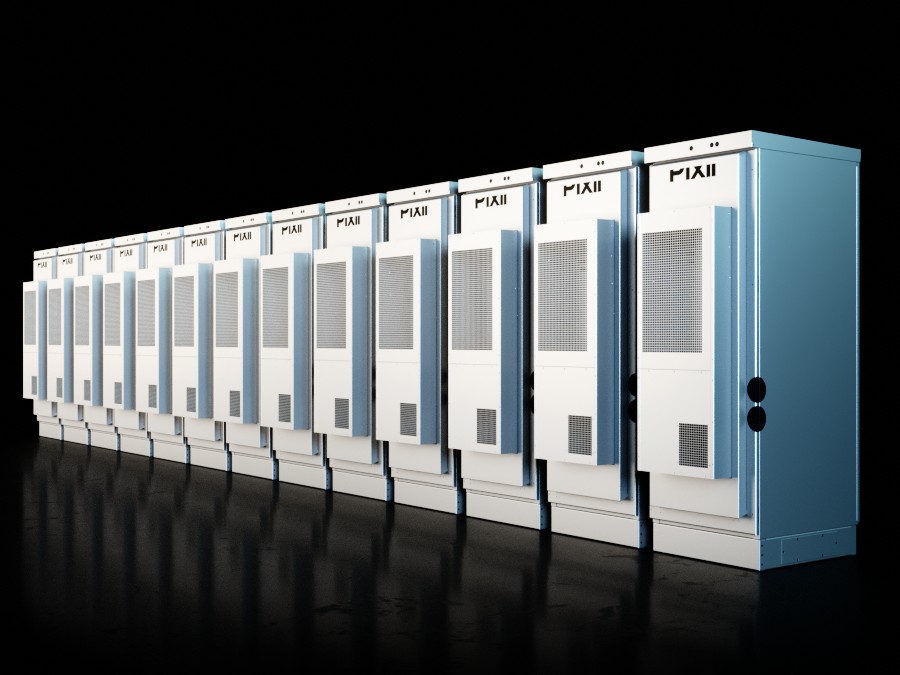

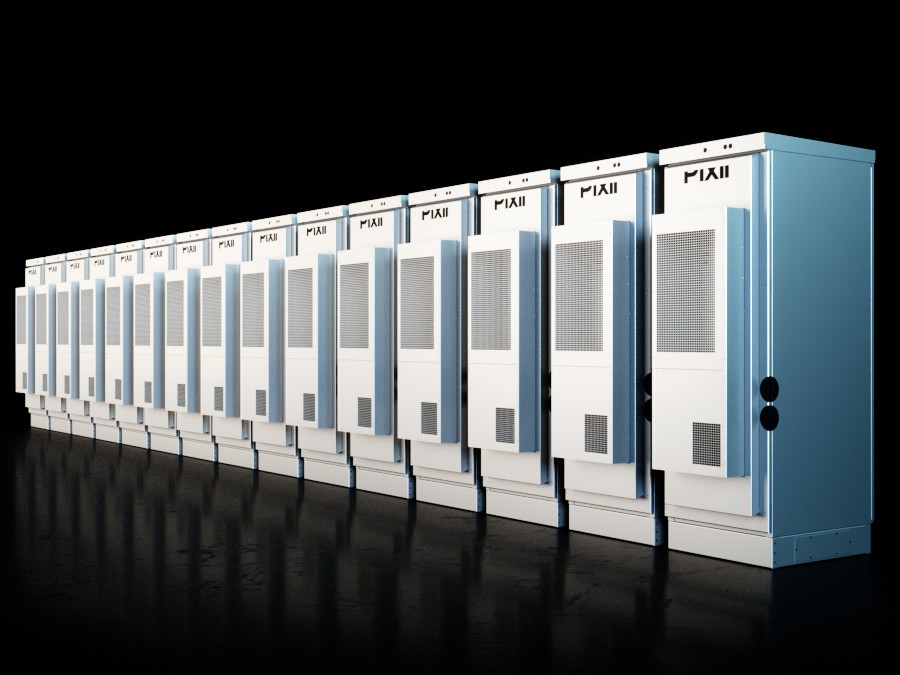
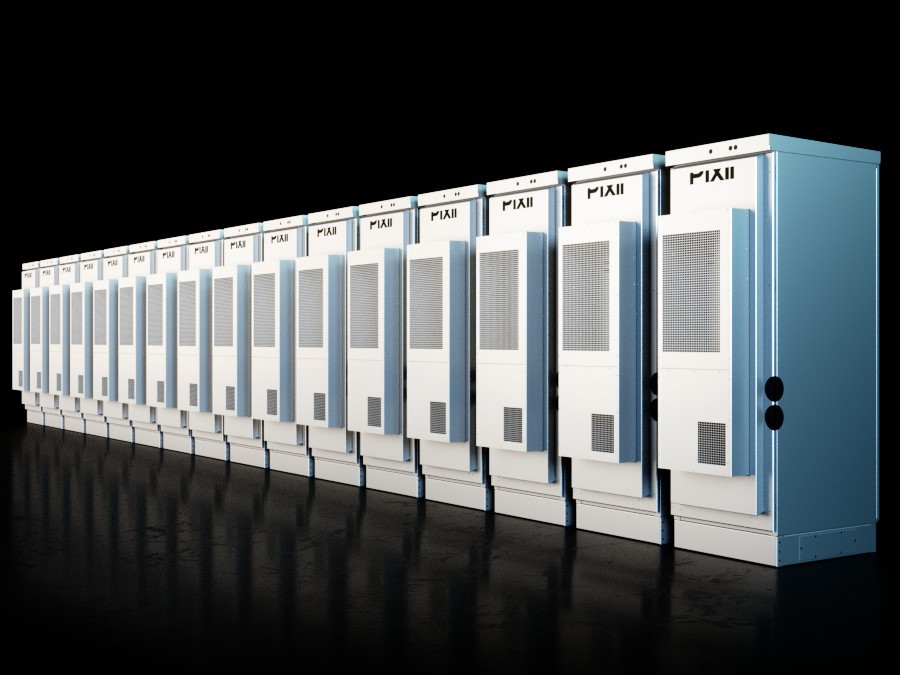
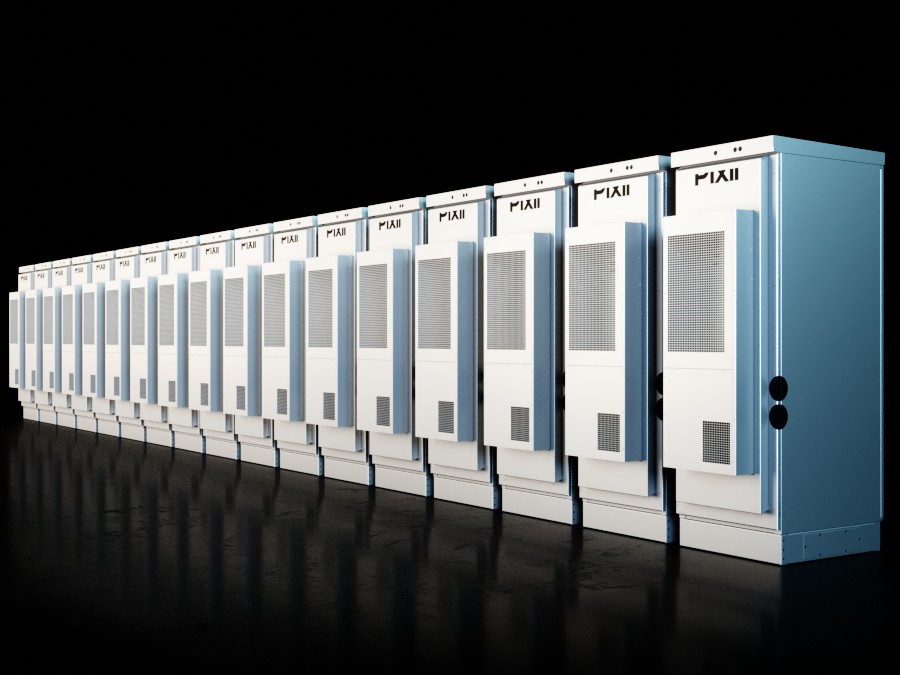
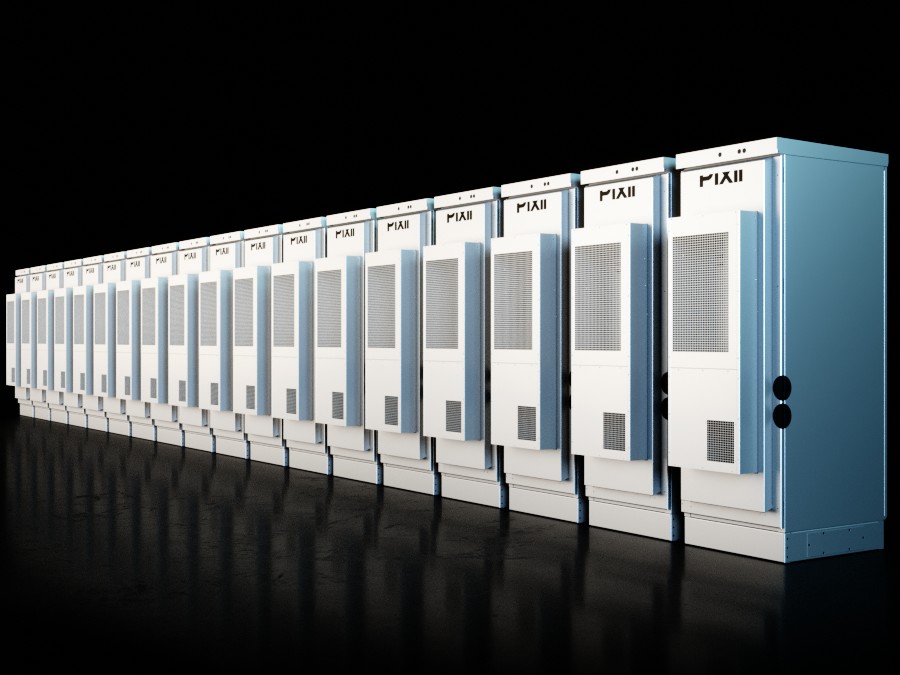
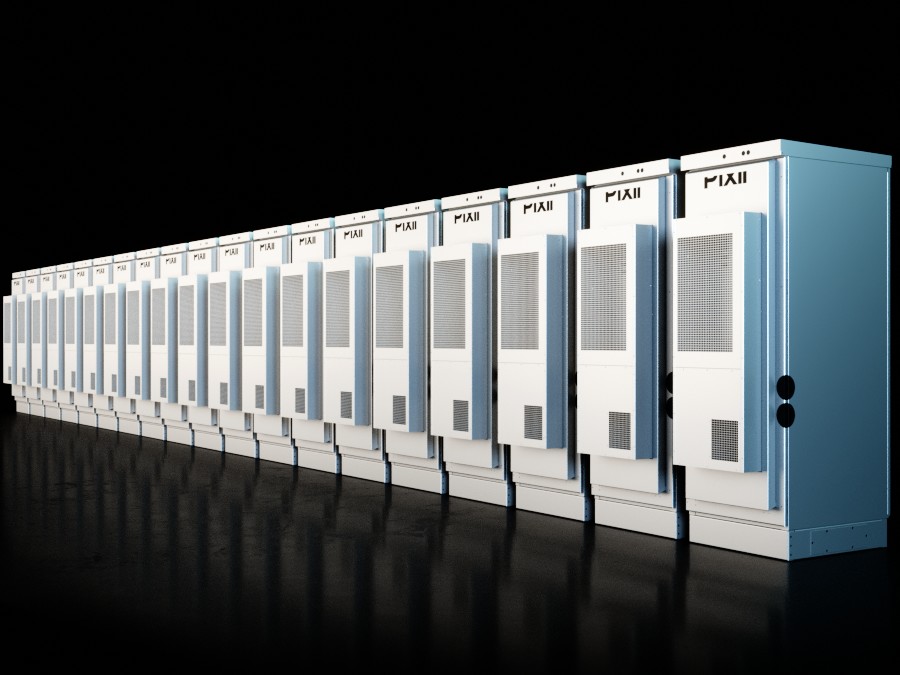
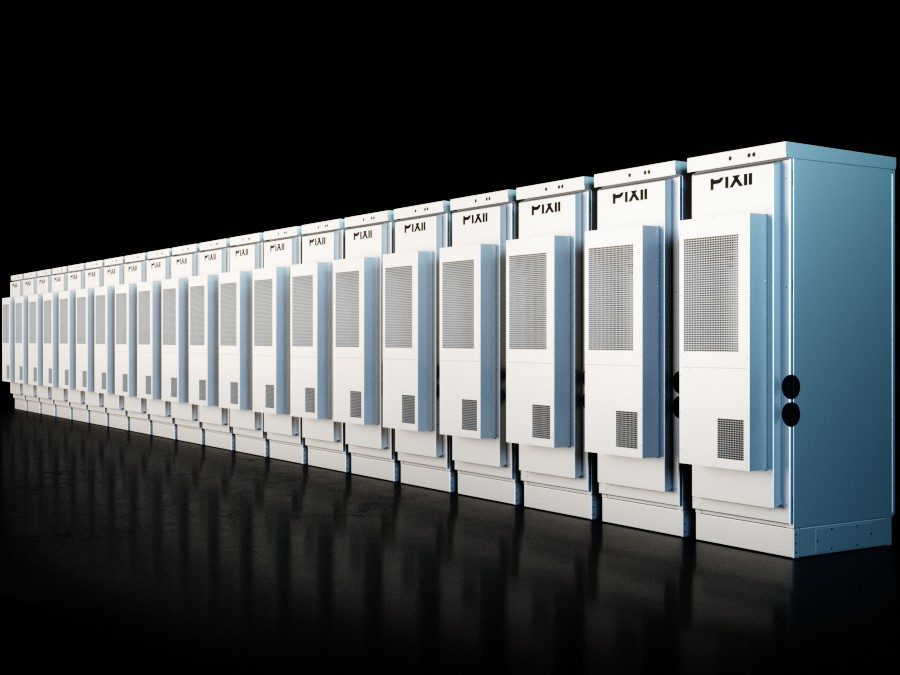
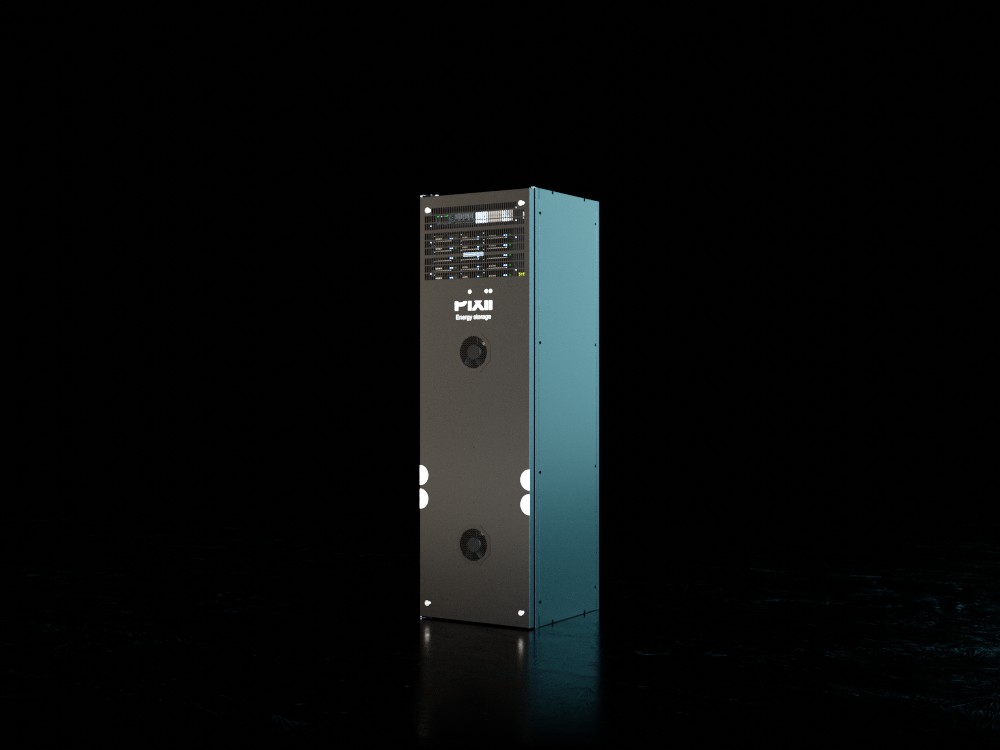

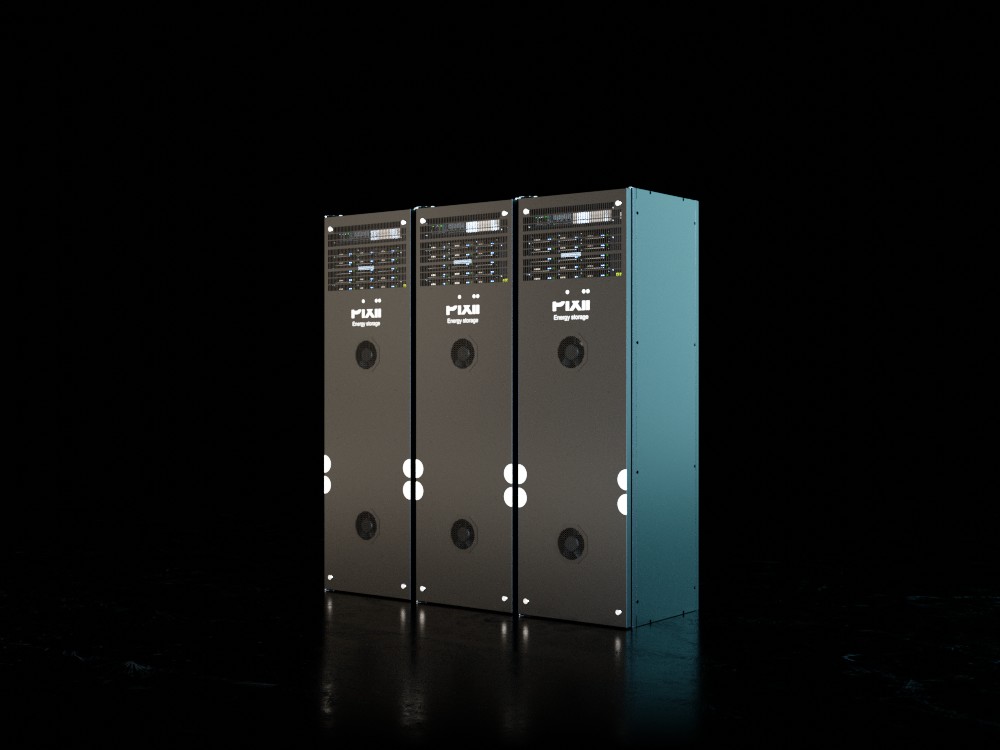
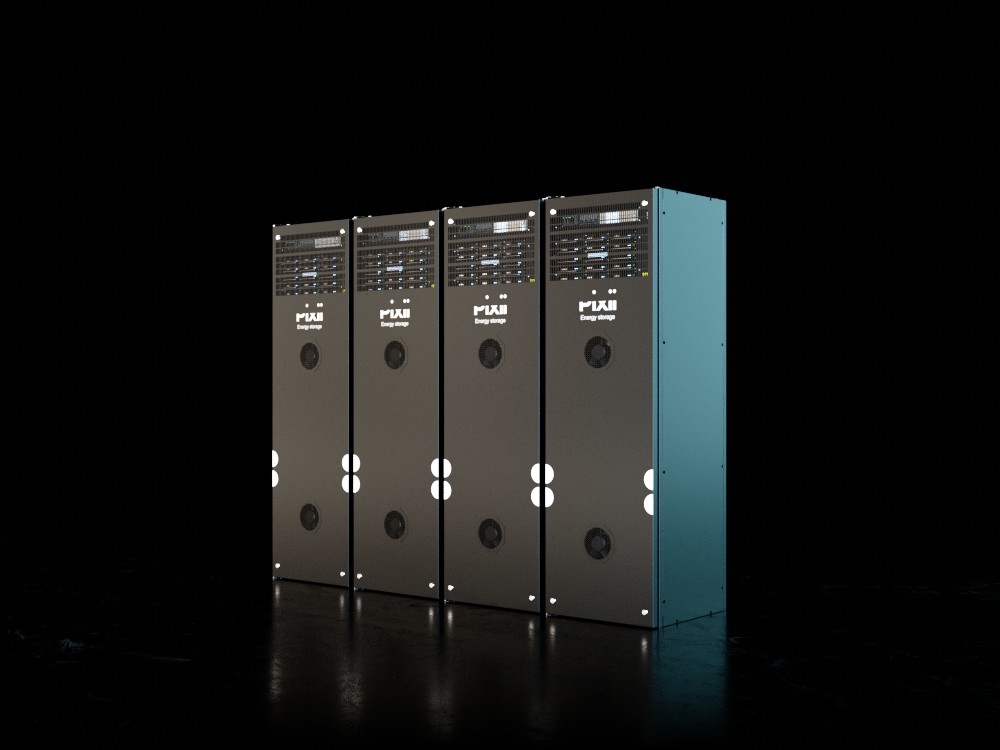
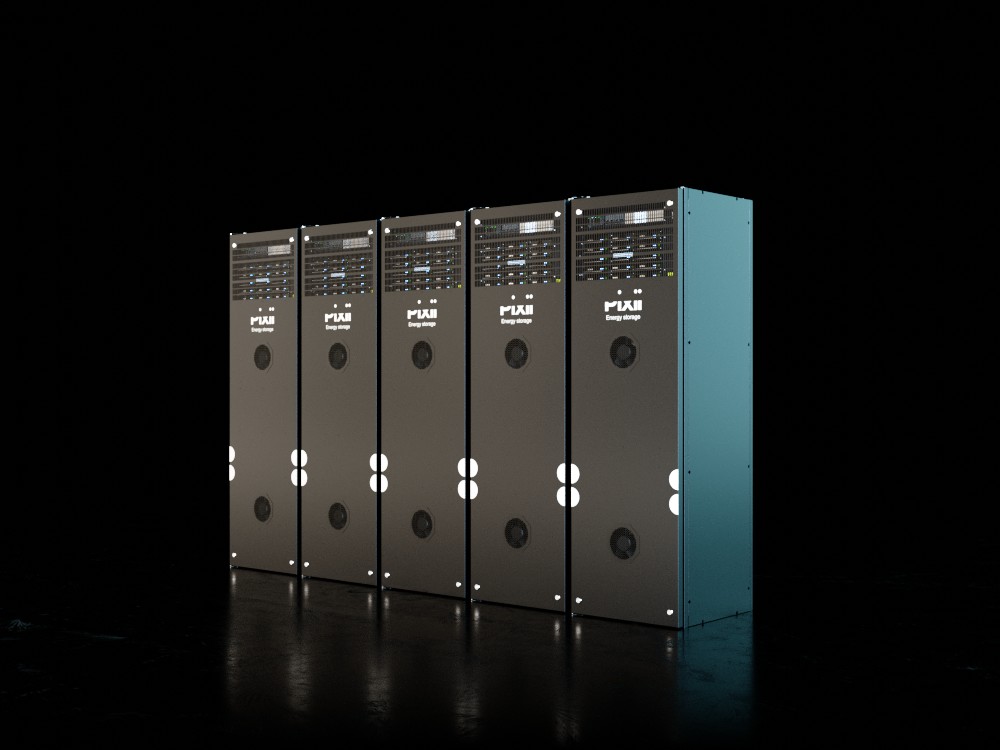
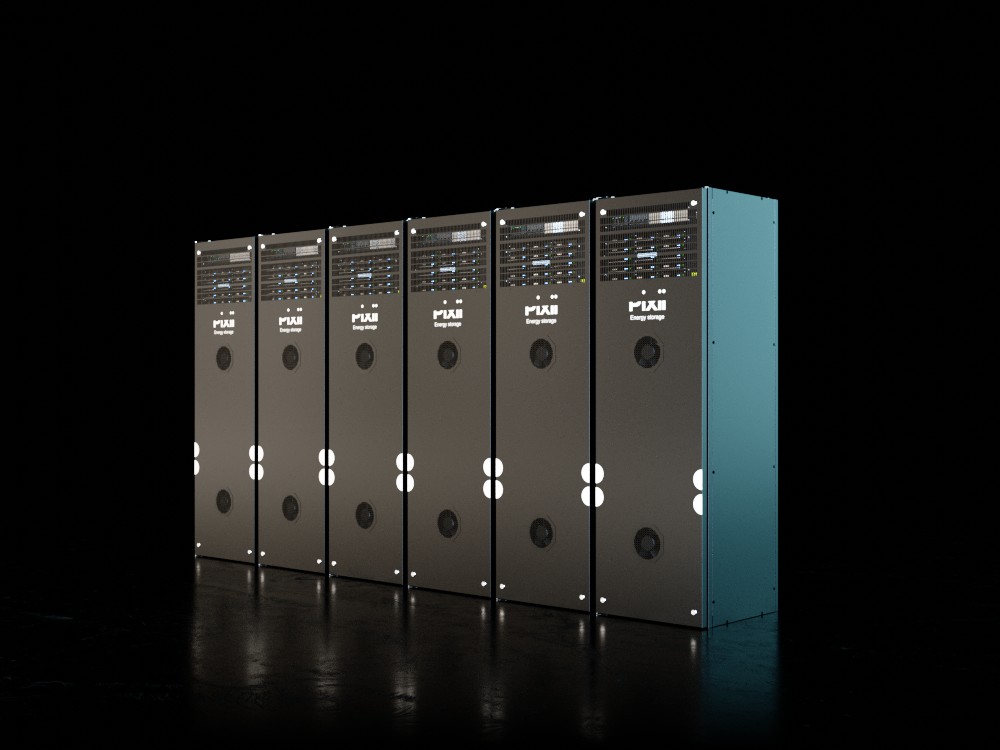

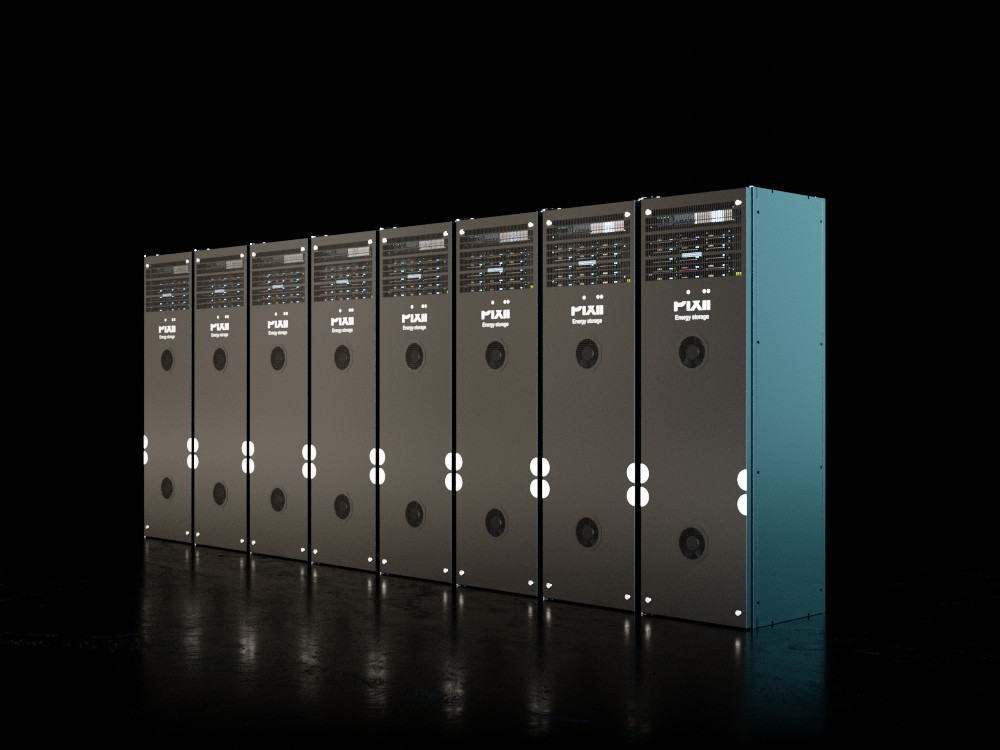
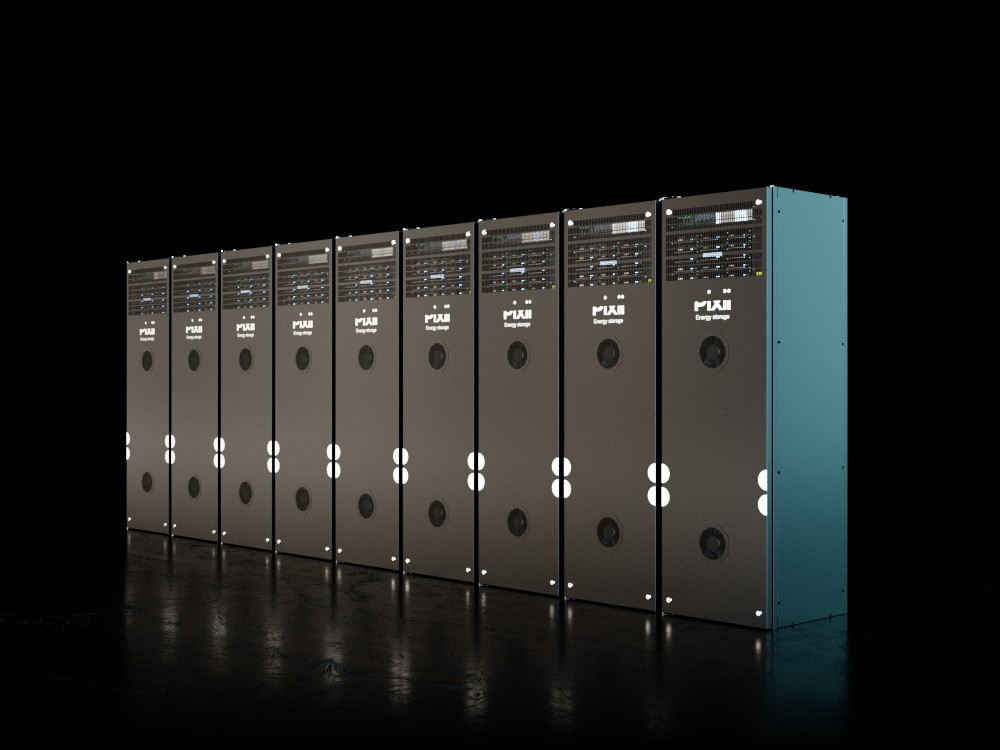


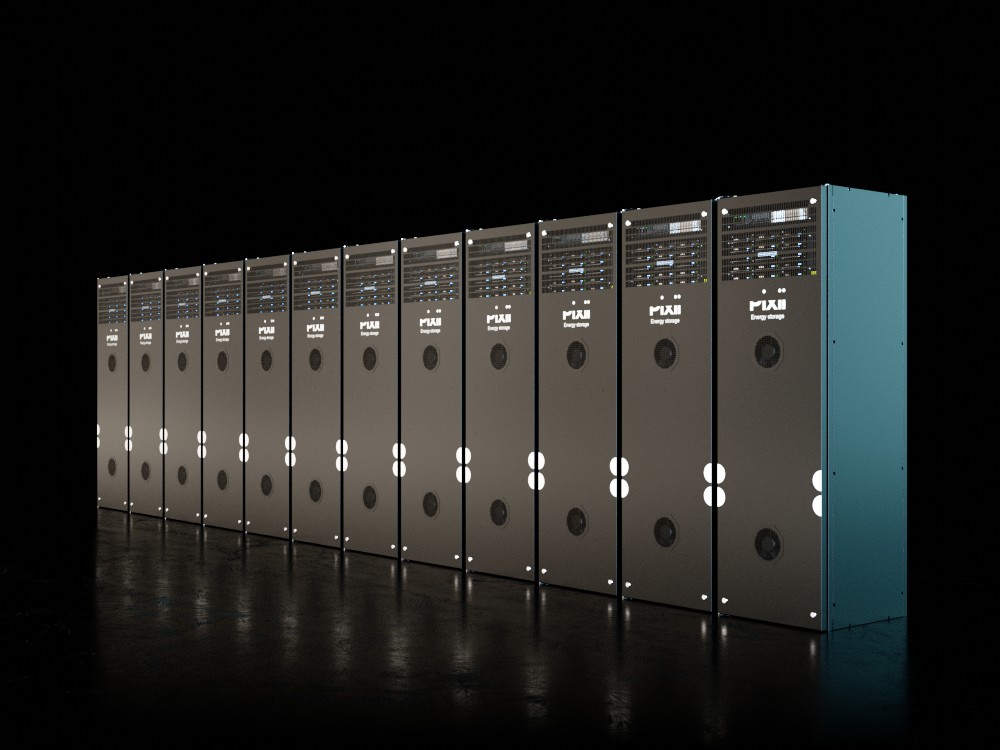
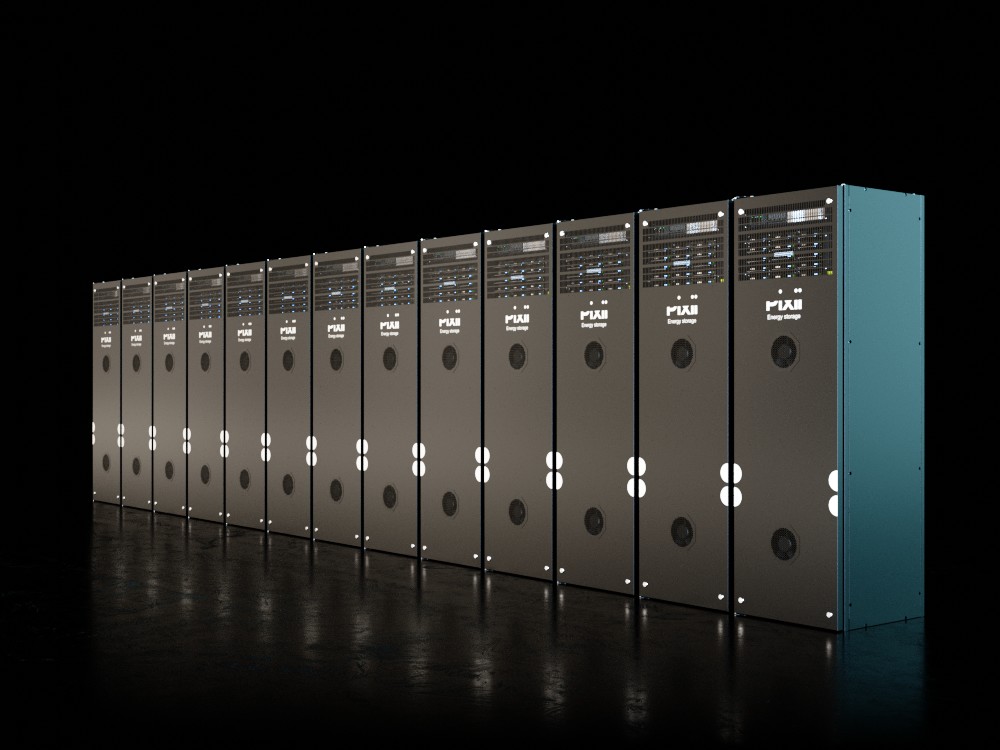
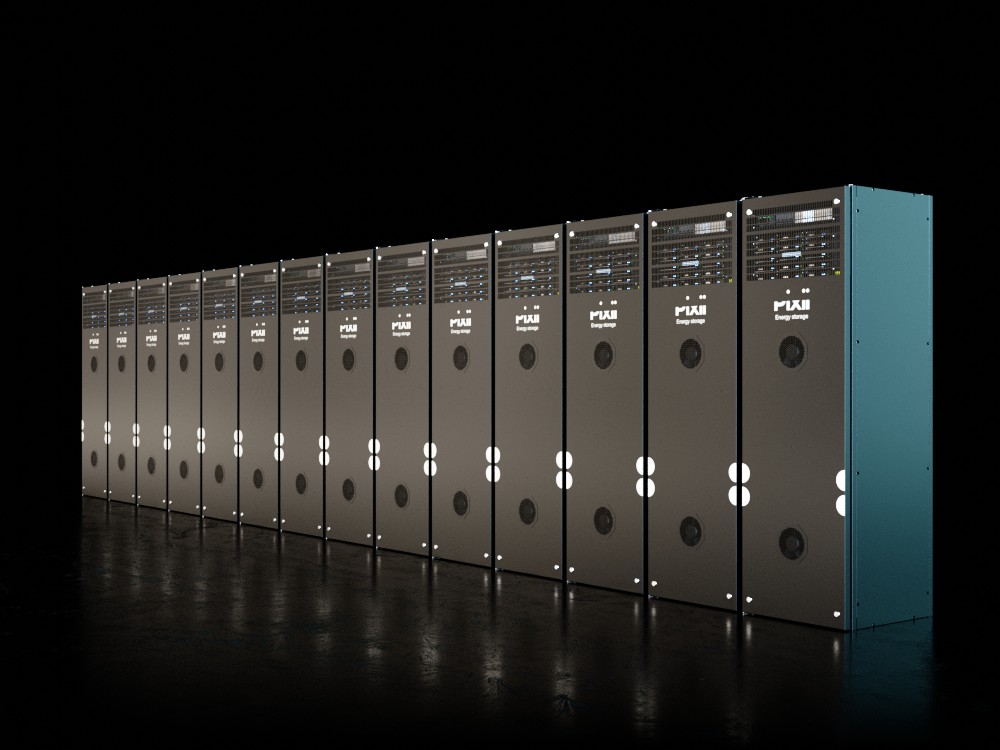

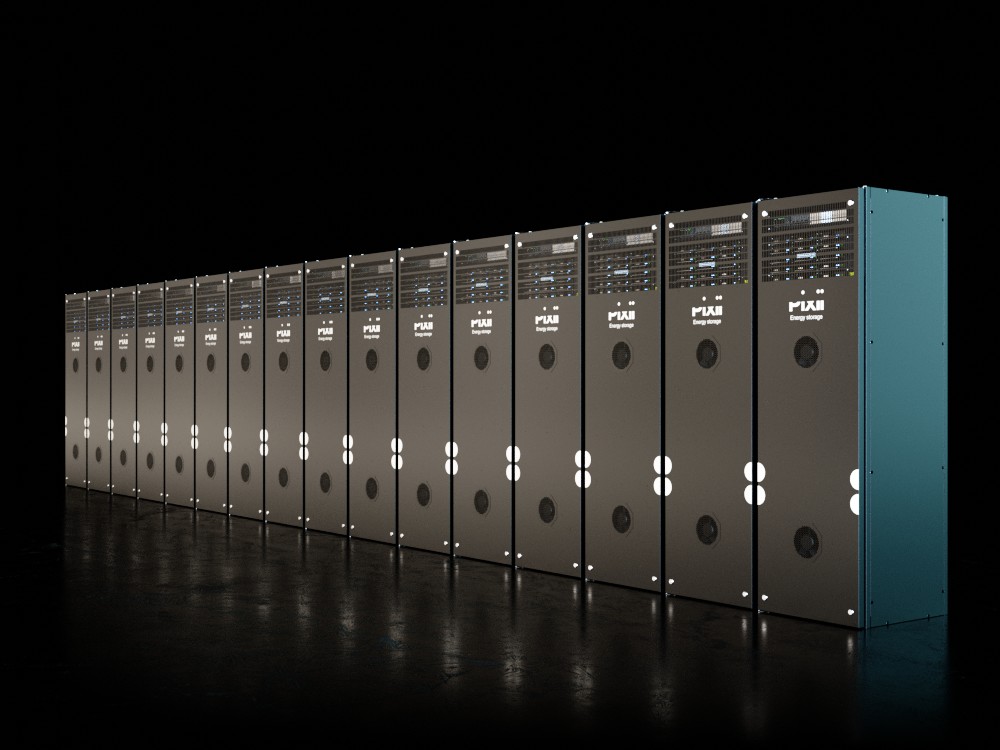
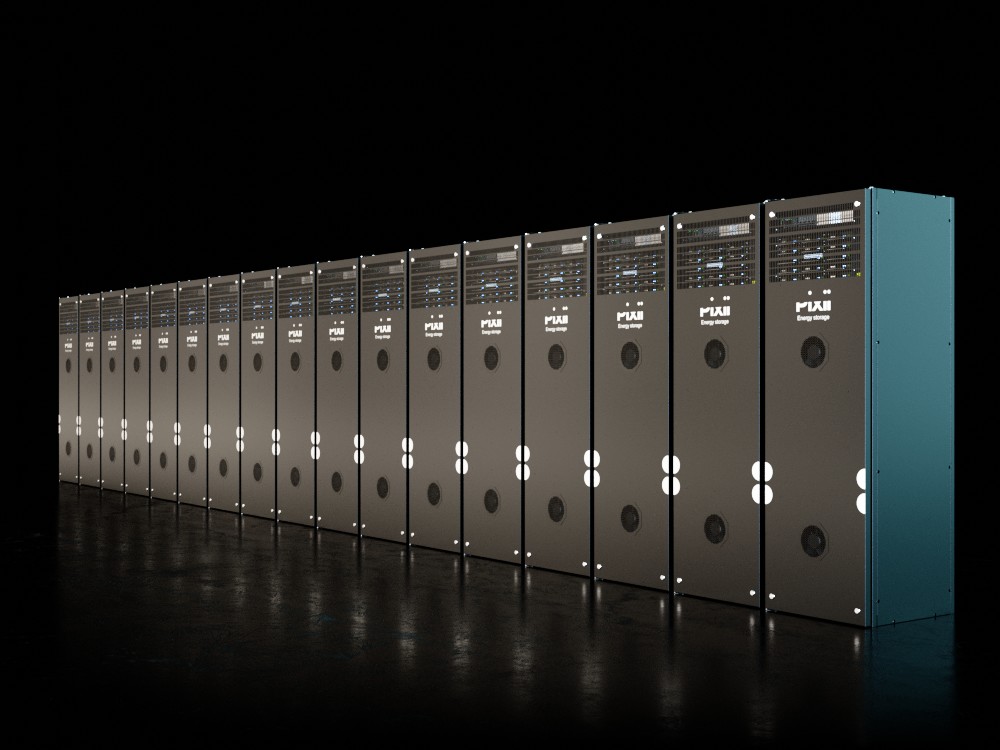
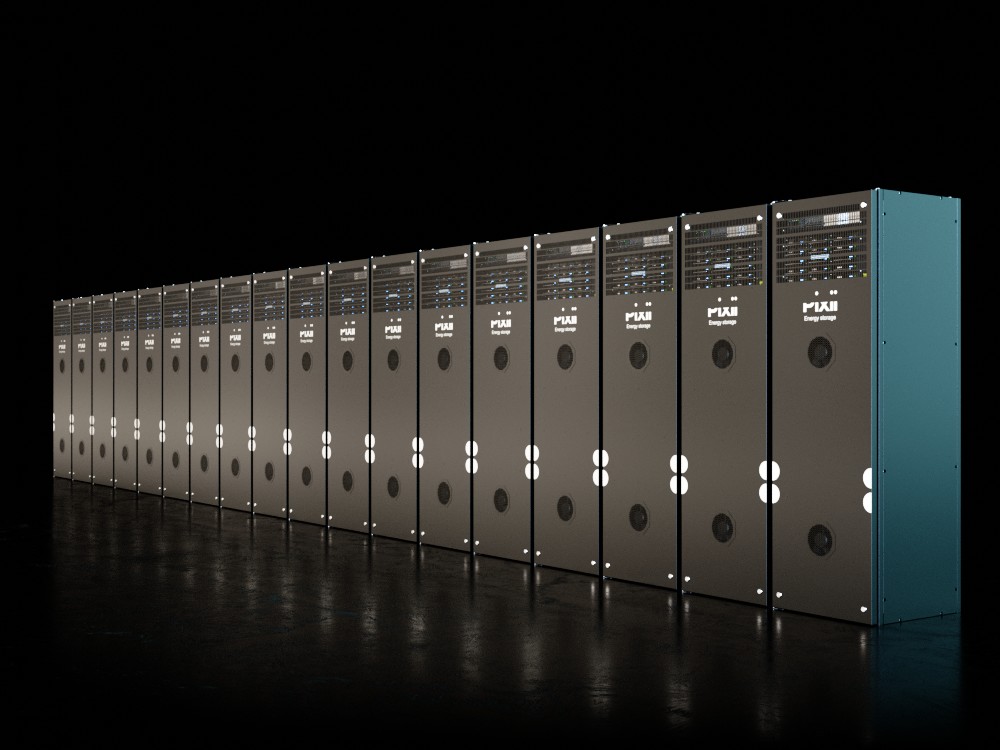

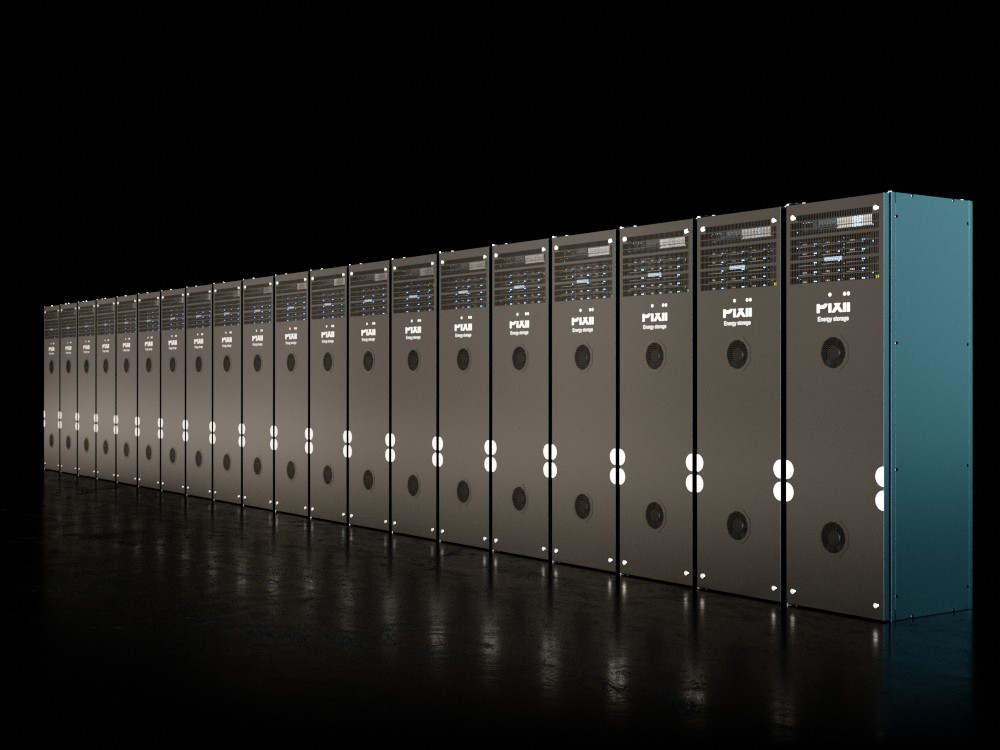
Related markets
Residential and real estate
Commercial and industrial
MEET
Dr. Pixii
Our AI assistant is ready to help you with questions about our products and services.
How may I assist you today?

